Liverpool
From London’s Euston station, a fast train of the Virgin brand departs every half hour. It is 350 kilometers to Liverpool, with a travel time of 3 hours.

Modern, comfortable train. Some seats are equipped with tables, power outlets for charging laptops and phones, and clothing hangers. The entrance doors and doors between the carriages are semi-automatic and open by pressing a tactile button. Reserved seats are displayed on an electronic display above each row of seats. You can purchase a ticket for a specific seat, or you can choose a seat without reservation, in which case you should sit where it is not reserved.
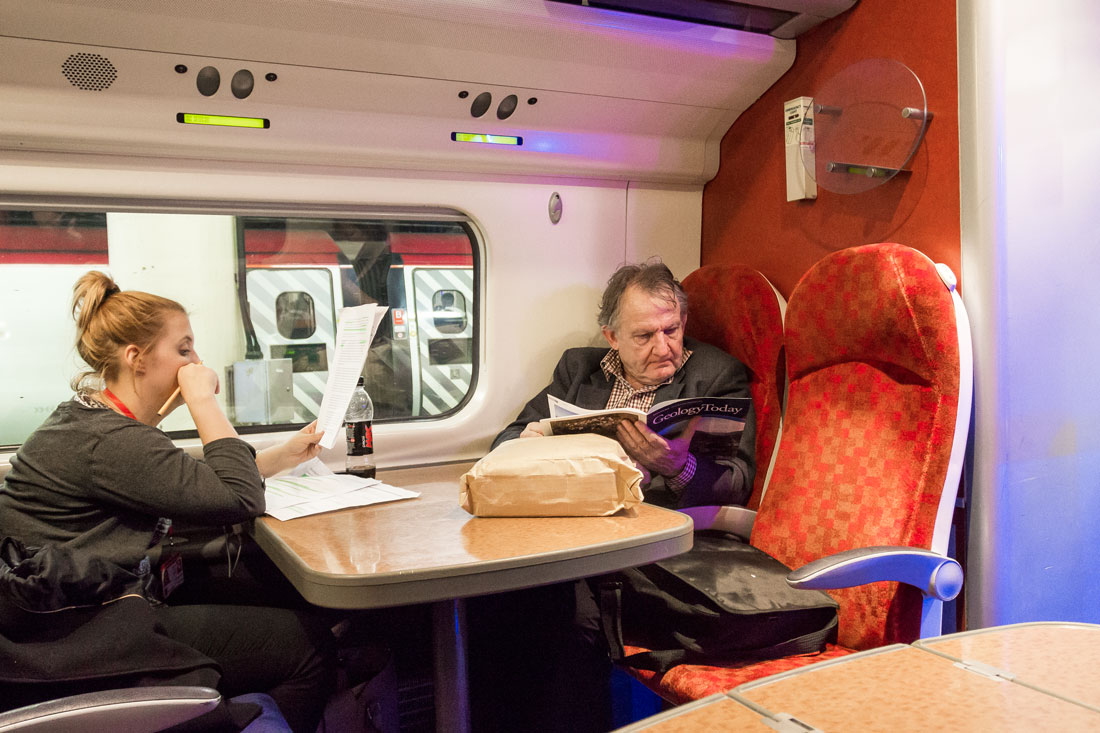



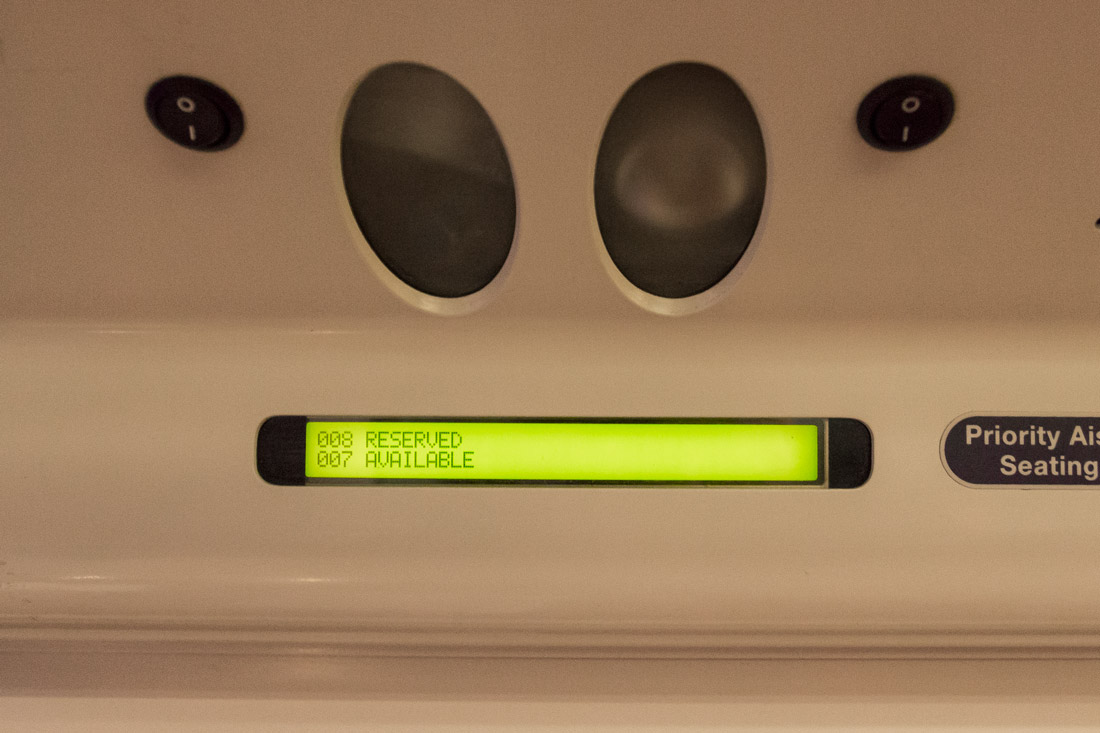
Liverpool station.
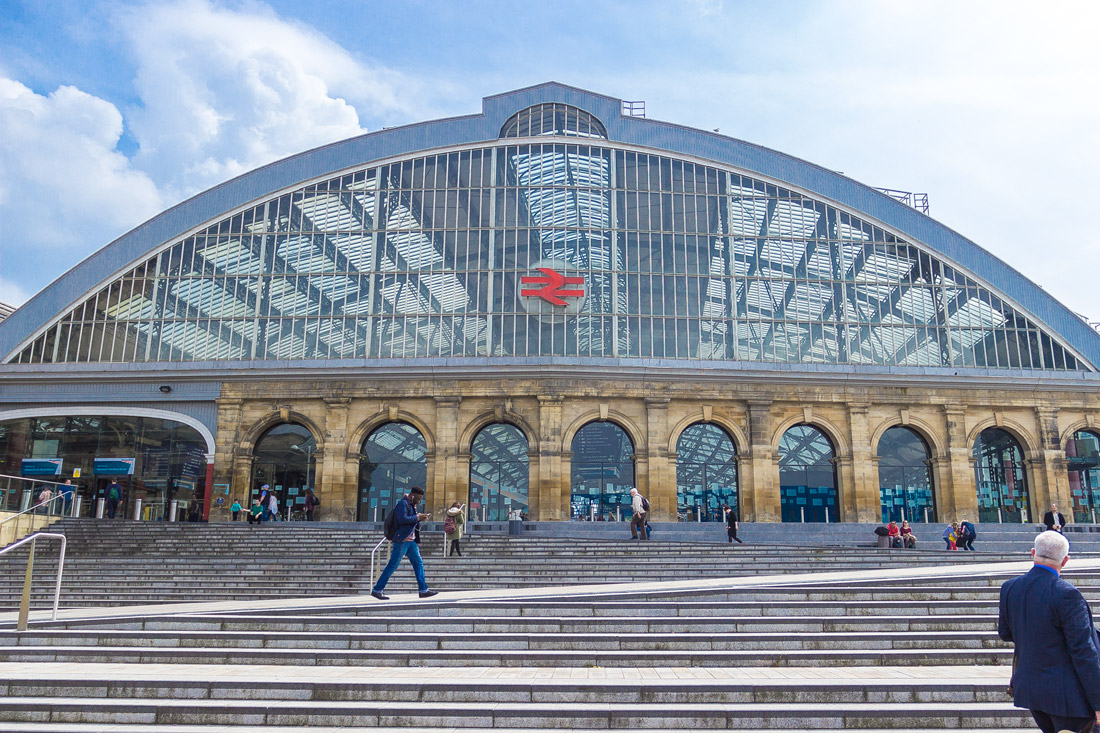
You step out of the station — it feels like you’ve ended up somewhere in Rome, only with bad weather and without cicadas.

Liverpool is the center of the English Industrial Revolution, a major port, and the cultural capital of England. The locals here speak in the “Scouse” dialect. Liverpudlians say “thee” instead of “they,” “kwik” instead of “quick,” and “ta” instead of “thank you.”
The city has a great number of classical buildings. For example, the Port Authority building.
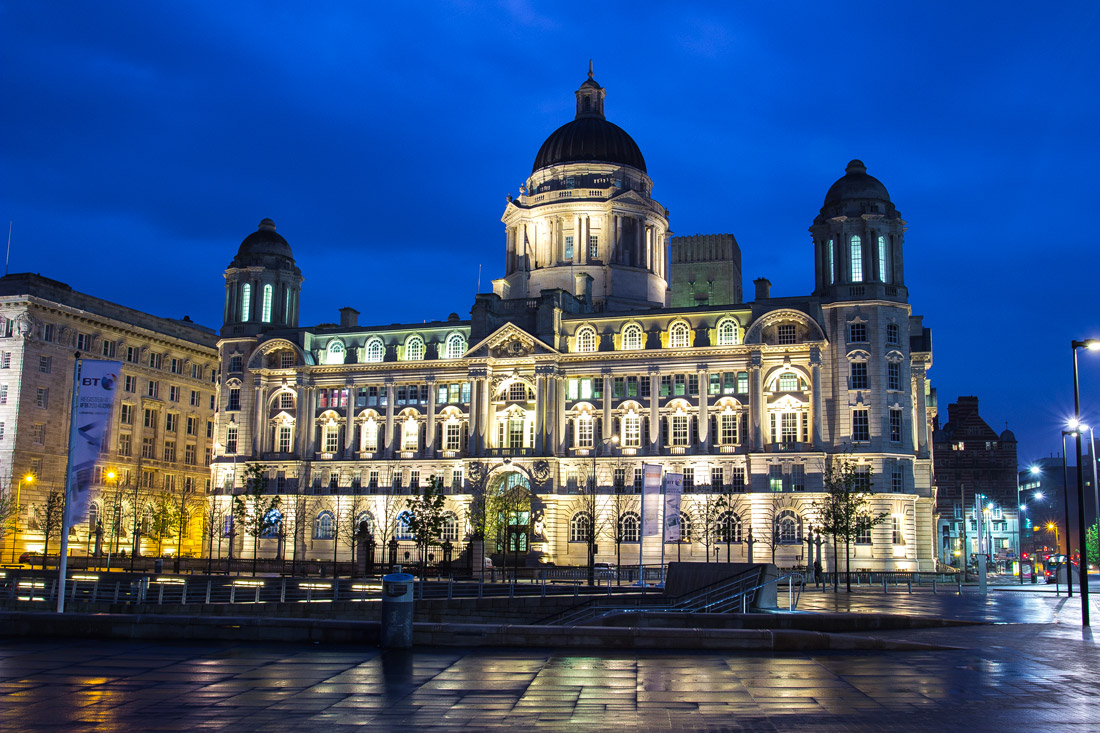
Archaeological museum.
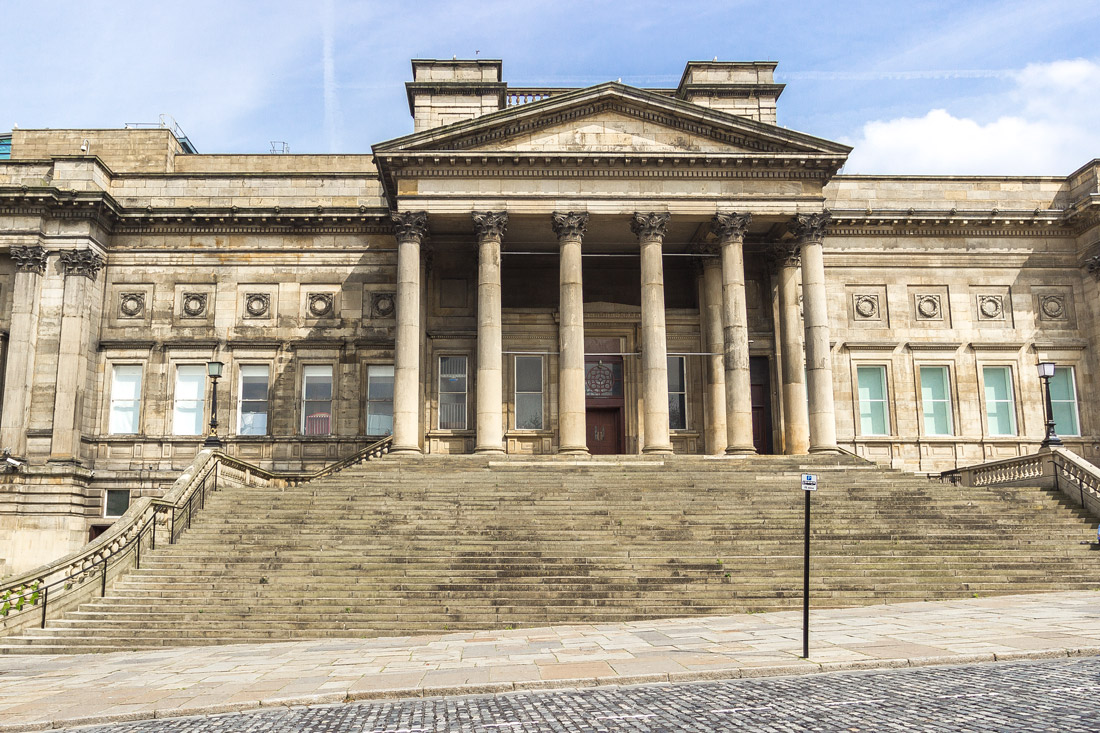
Art gallery.
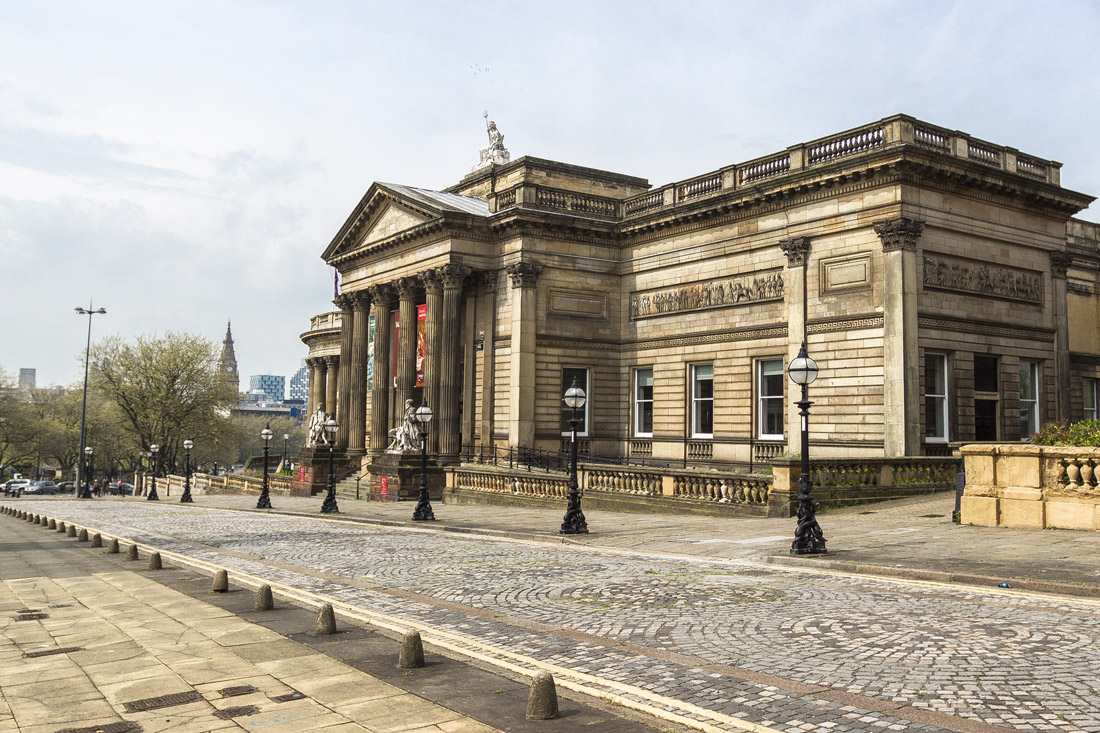
St. George’s Hall. It is the very first building that greets the eyes of arriving guests from the train, but from a different perspective.

In addition to the abundance of Neoclassical architecture, the city has many buildings in Victorian and Art Nouveau styles. And, it should be noted, the author has not encountered such colorful and eclectic buildings as those in Liverpool anywhere else so far.
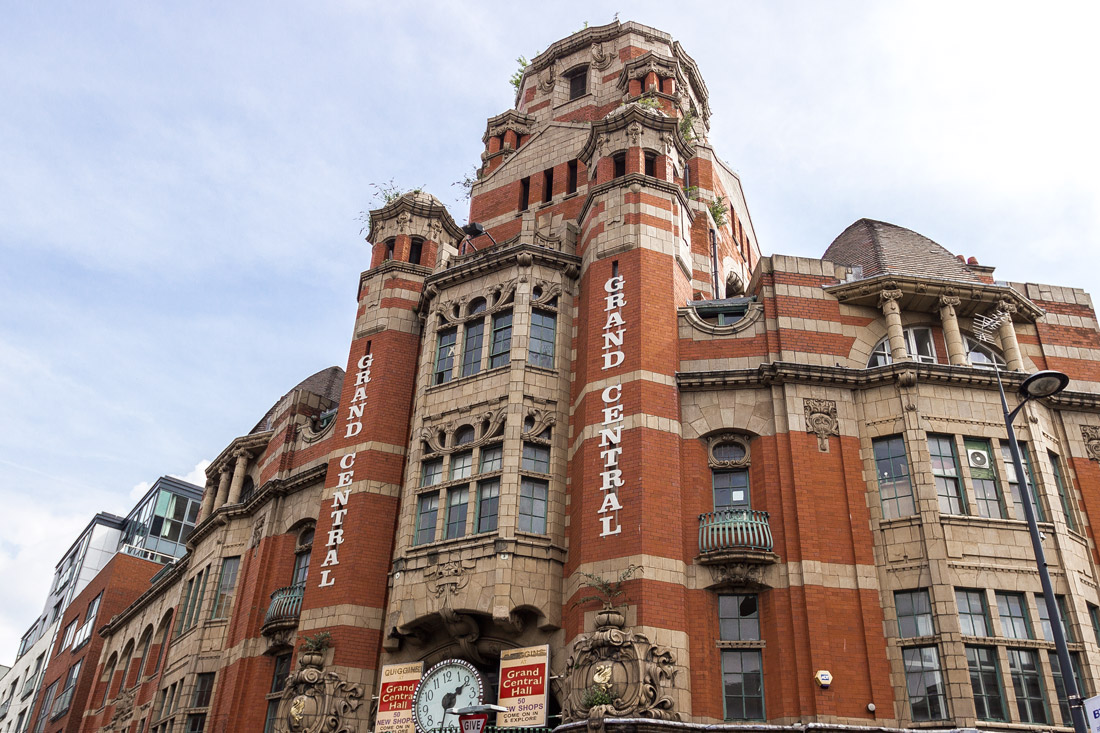
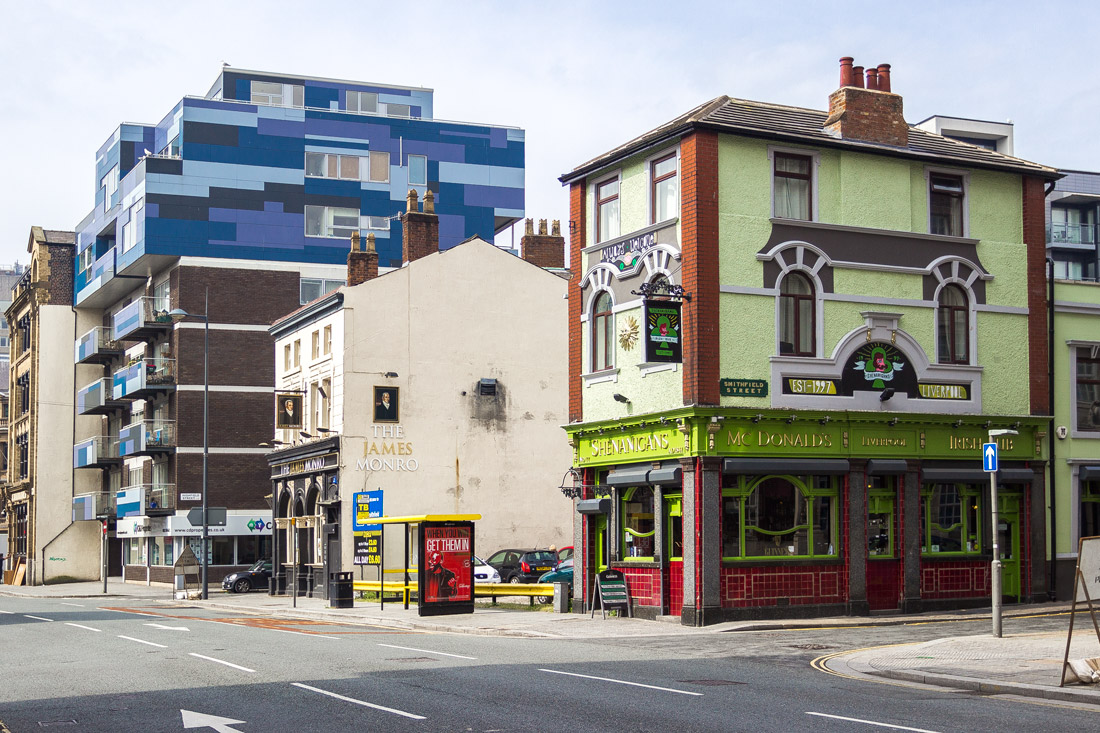
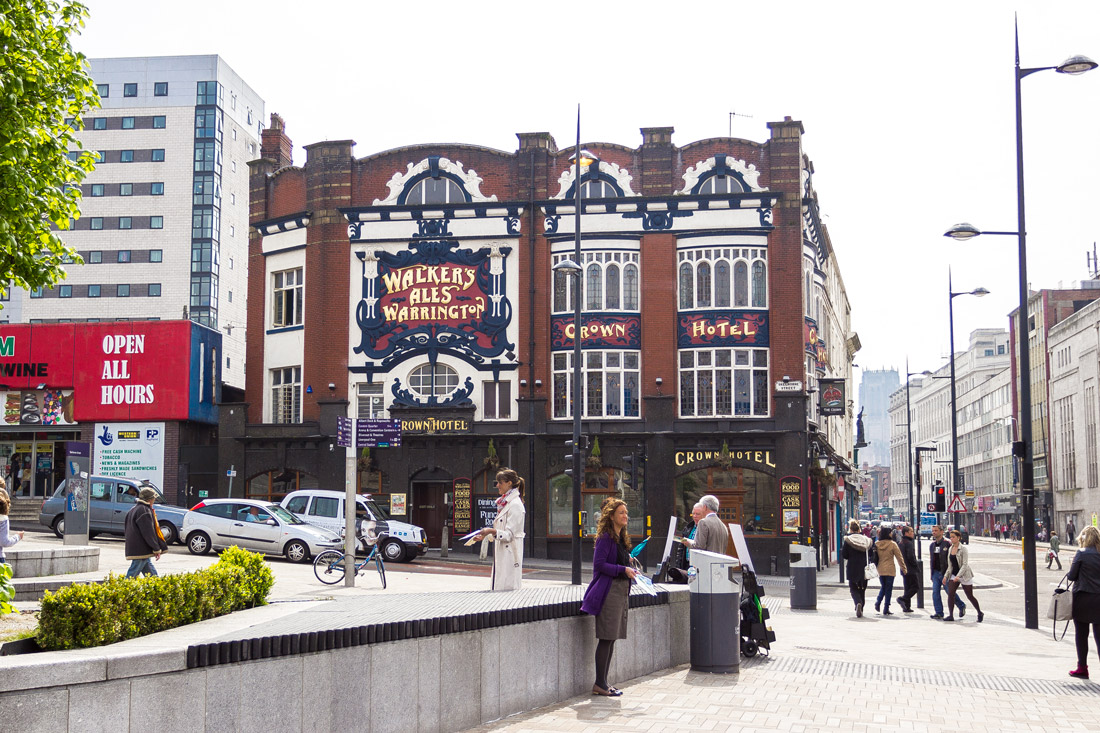
The signs are richly decorated with dense modernist fonts and intricate frames. Liverpool has preserved its appearance almost untouched since the beginning of the 20th century. This is how Russian cities could look if history followed its course instead of receiving kicks from both the left and right, erasing their past without trace, and not safeguarding history.

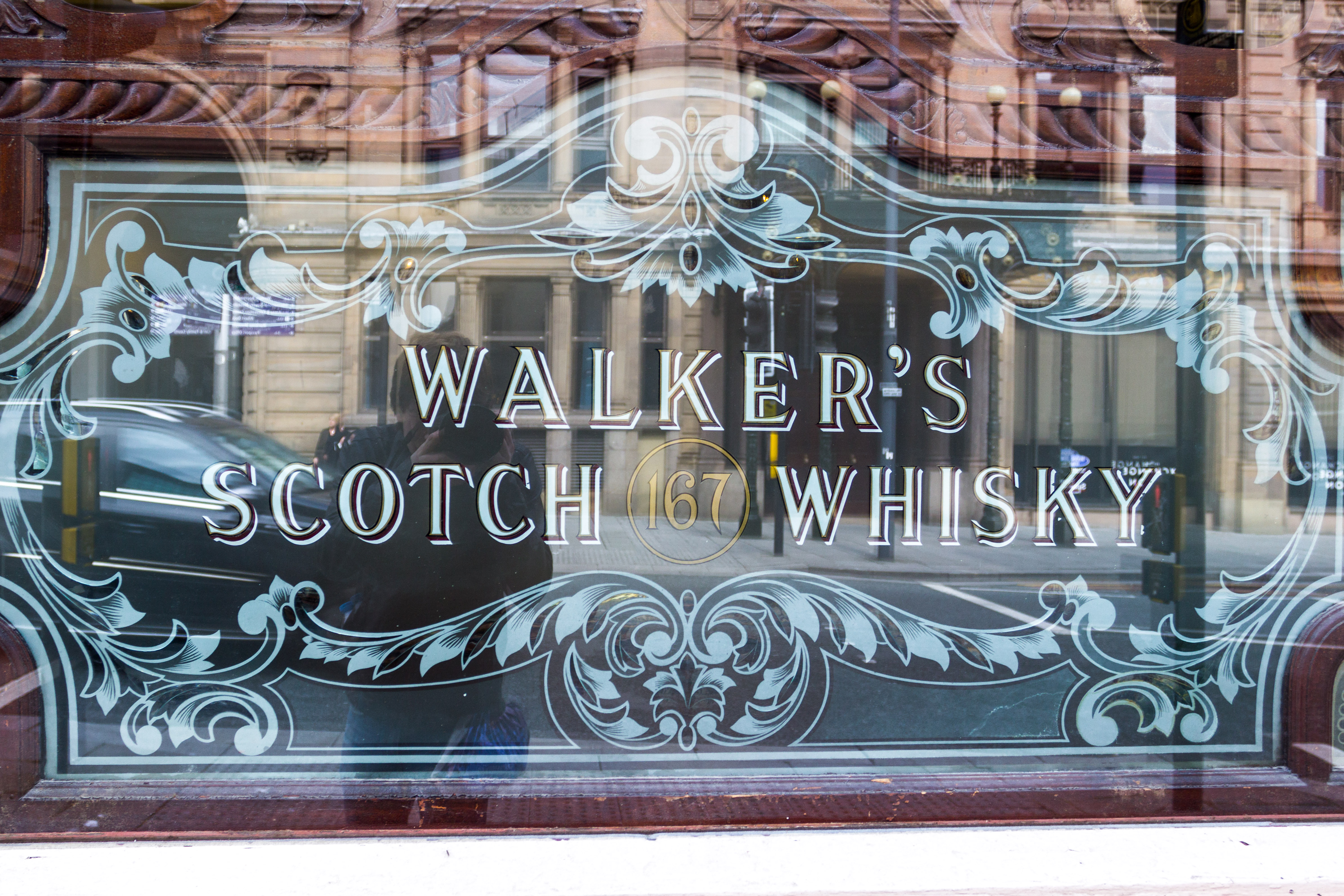
Streets, alleyways. Concrete slabs are often laid on the sidewalks. The curbs are very low, not obstructing cyclists and strollers, but they are not a reason for parking on the sidewalk. And even with the low height of the curbstone, there is a slope at pedestrian crossings.
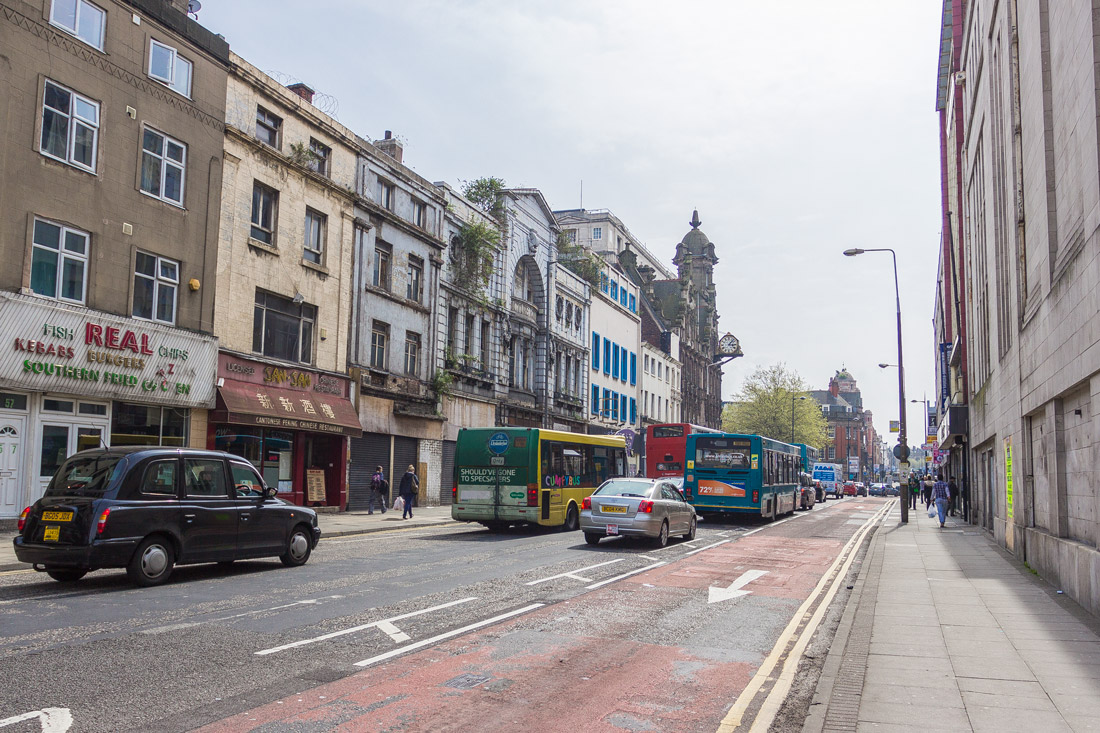
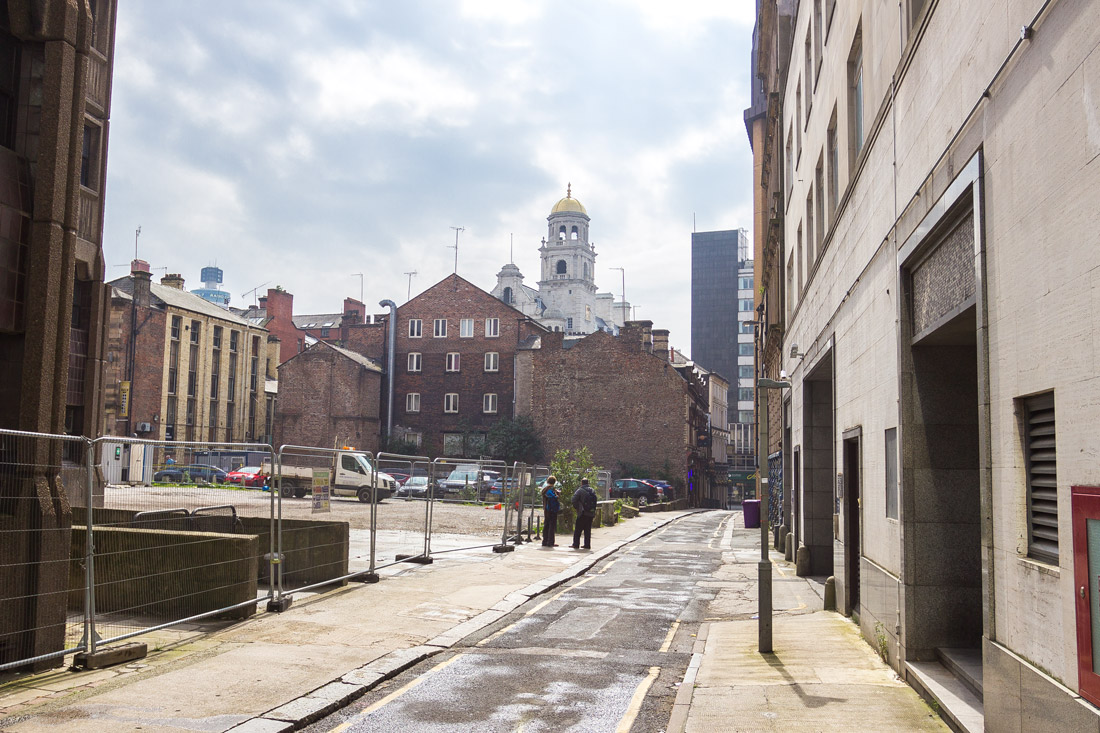
Liverpool sometimes appears a bit run-down. In the city, one can find a sufficient number of buildings in poor condition, overgrown with vegetation, peeling and decaying.
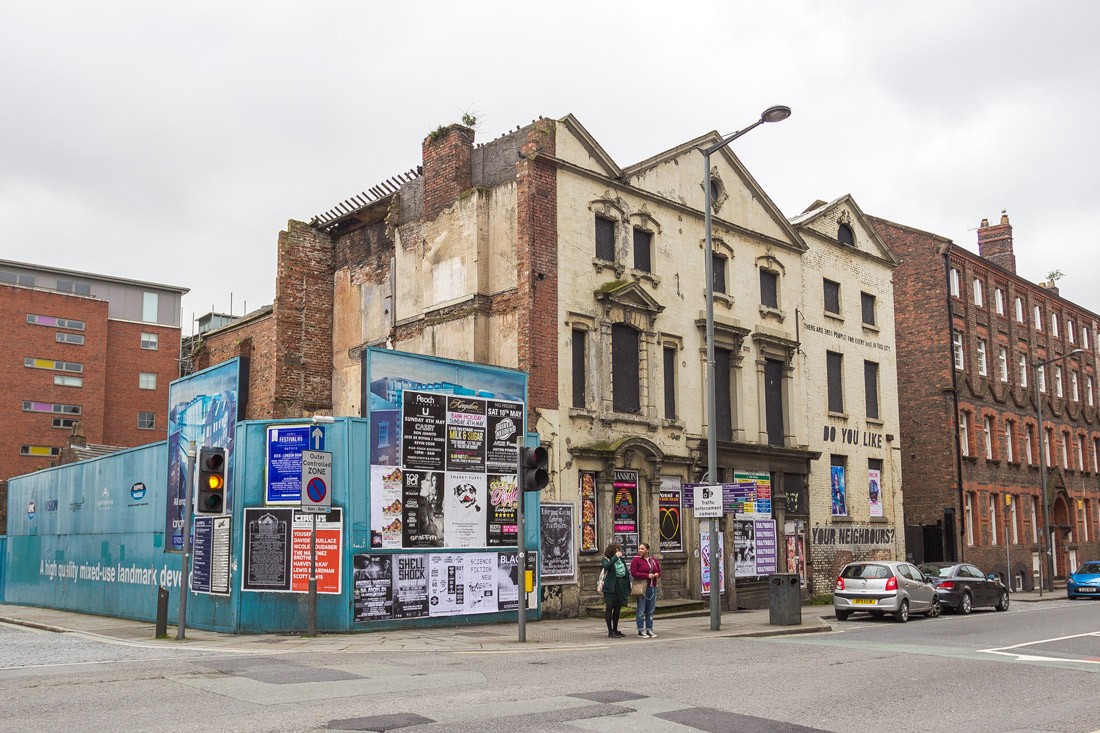
But such buildings are not in the majority here. Liverpool, as a whole, is one of the many well-maintained cities in Britain, with their endless rows of brick houses.
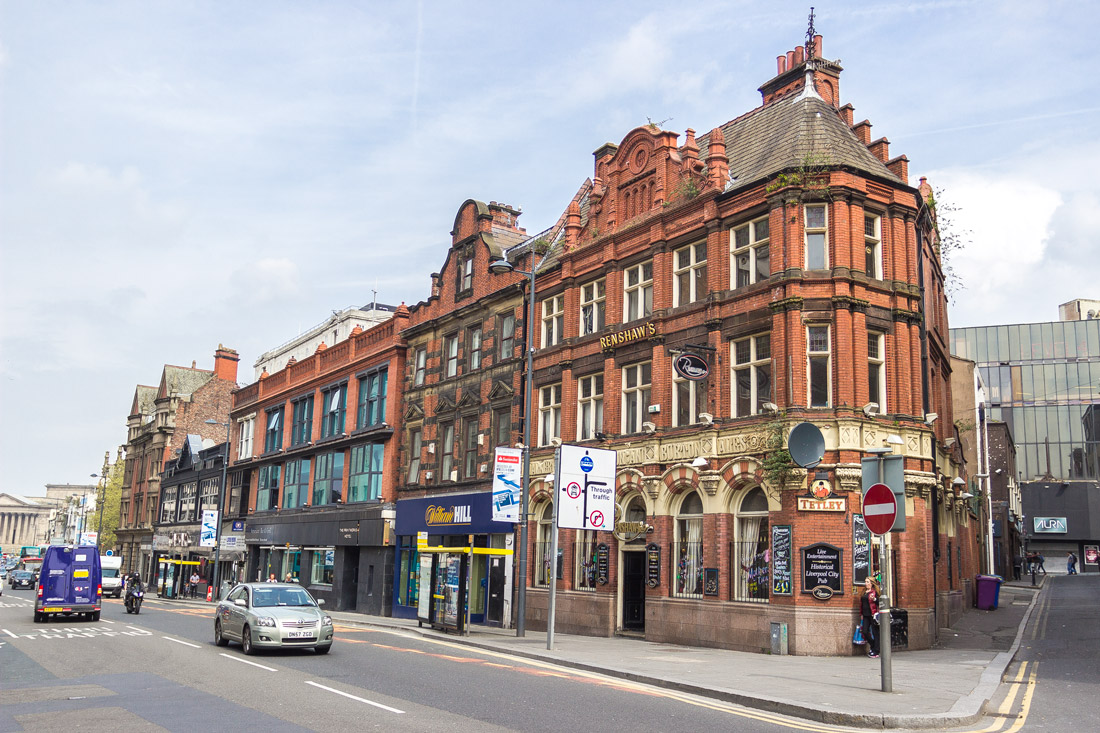



Liverpool has a full-fledged metro system that connects the two parts of the city across the River Mersey. The stations resemble those in London, but the interchange system is much simpler, without intricate mazes.
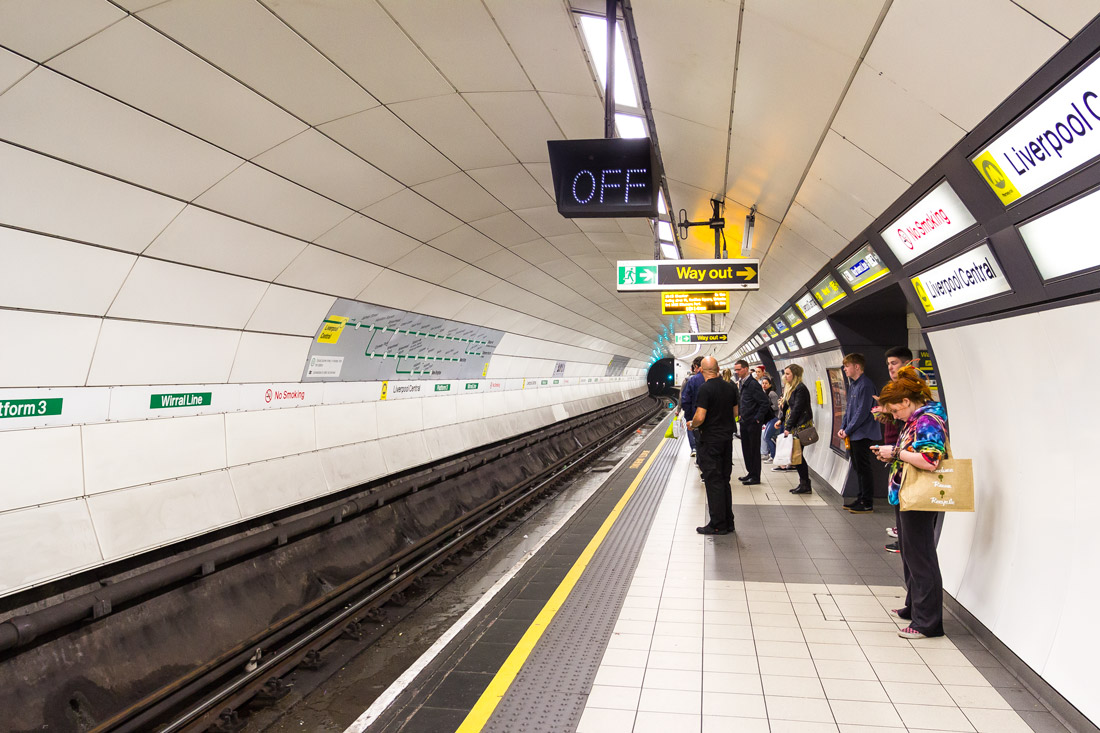
The trains are their own. They are serviced by Merseyrail company. The logo in the form of a yellow letter “M” is the company’s logo, not related to the metro.
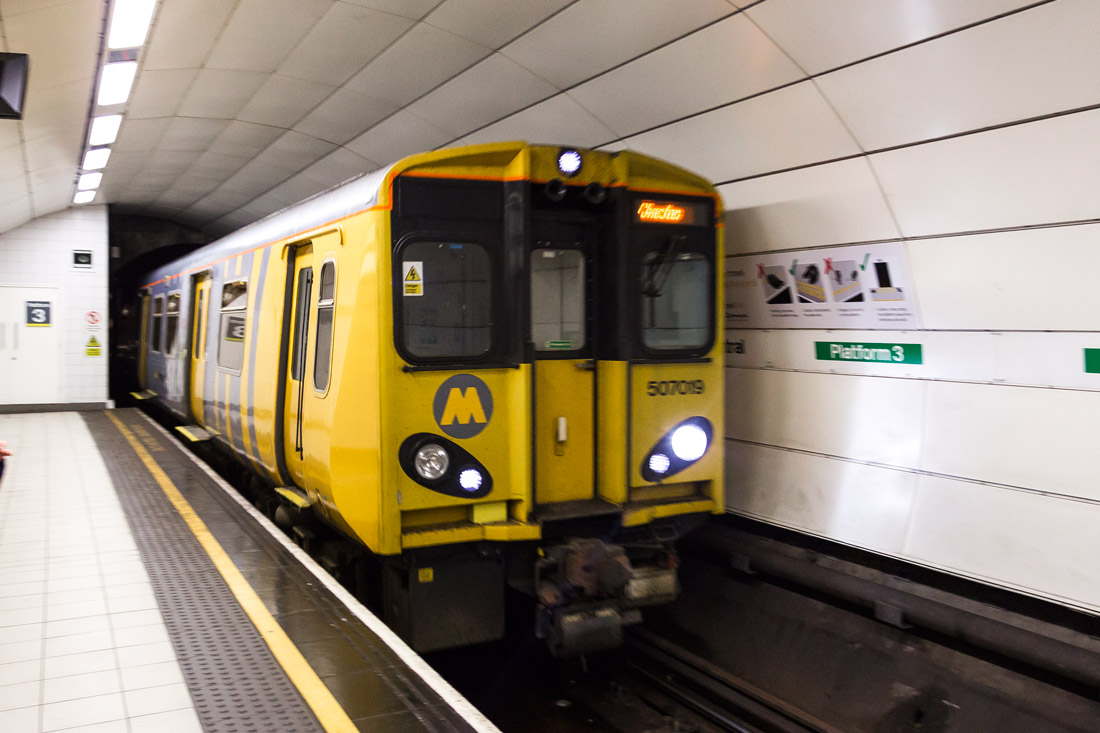
Train carriage interior.
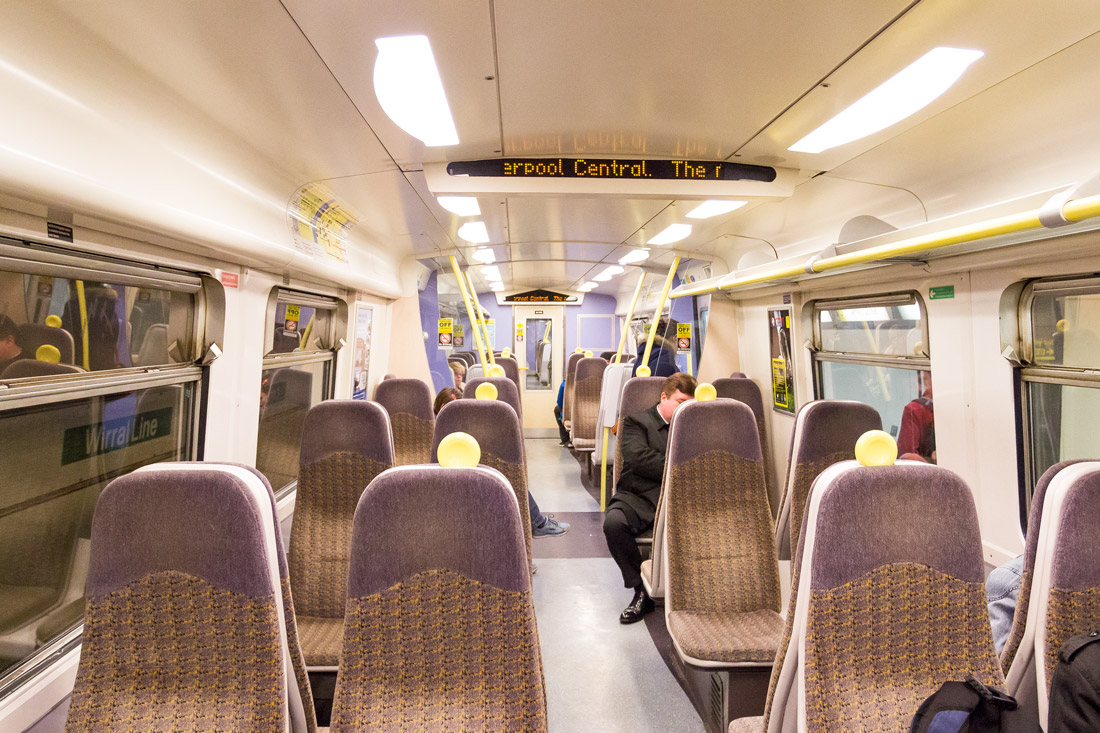
Just like in London, Liverpool also has very old stations. The metro in England was started over a hundred years ago. It’s a very unusual feeling when you’re on such an antique platform. It feels like the train is running amidst castle fortifications.
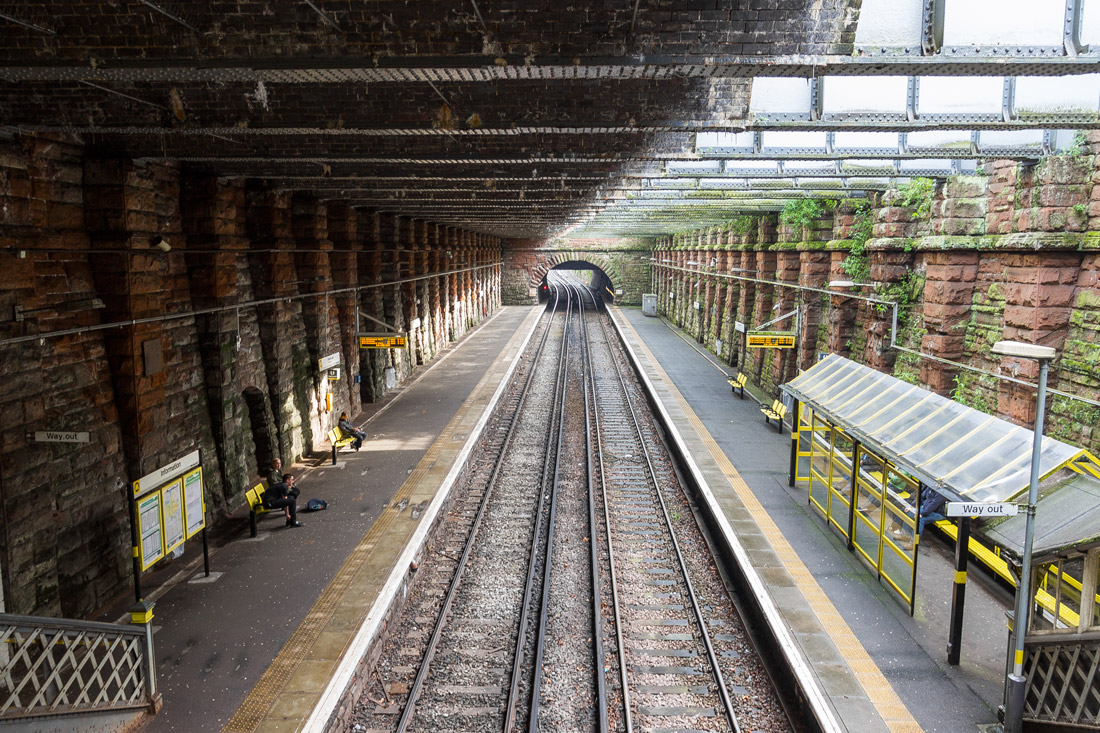
Entrance to such an old station is like a whole house.
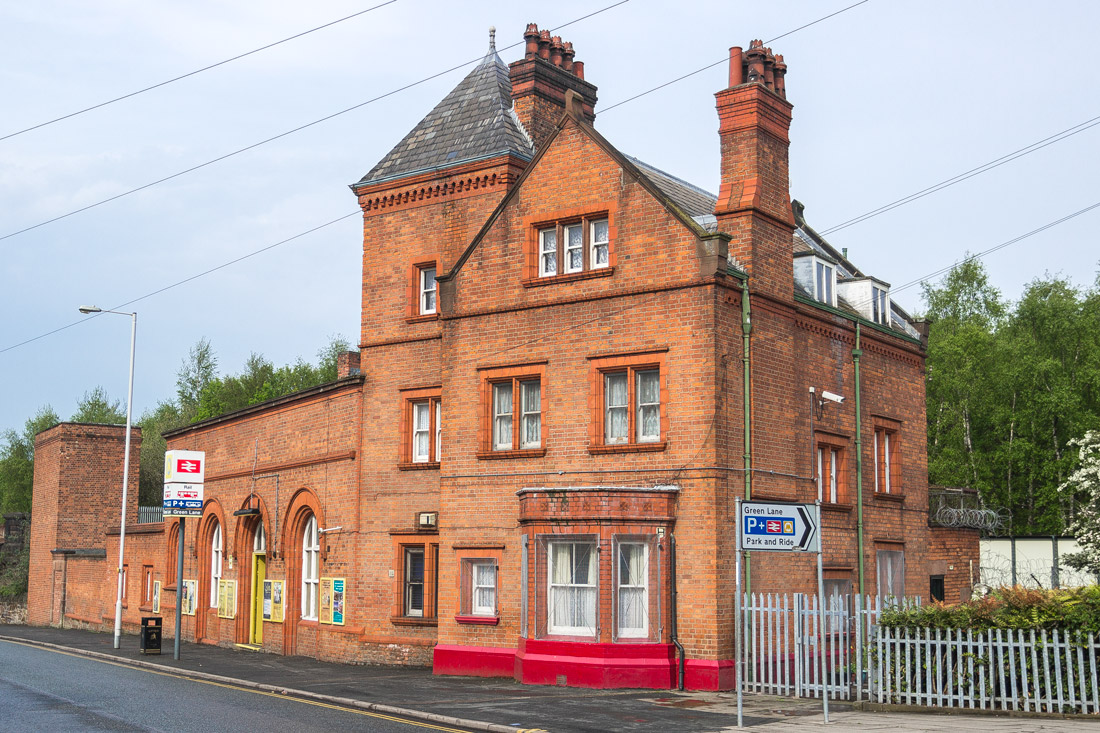
Or a tower.


The tourist center of Liverpool is Albert Dock.
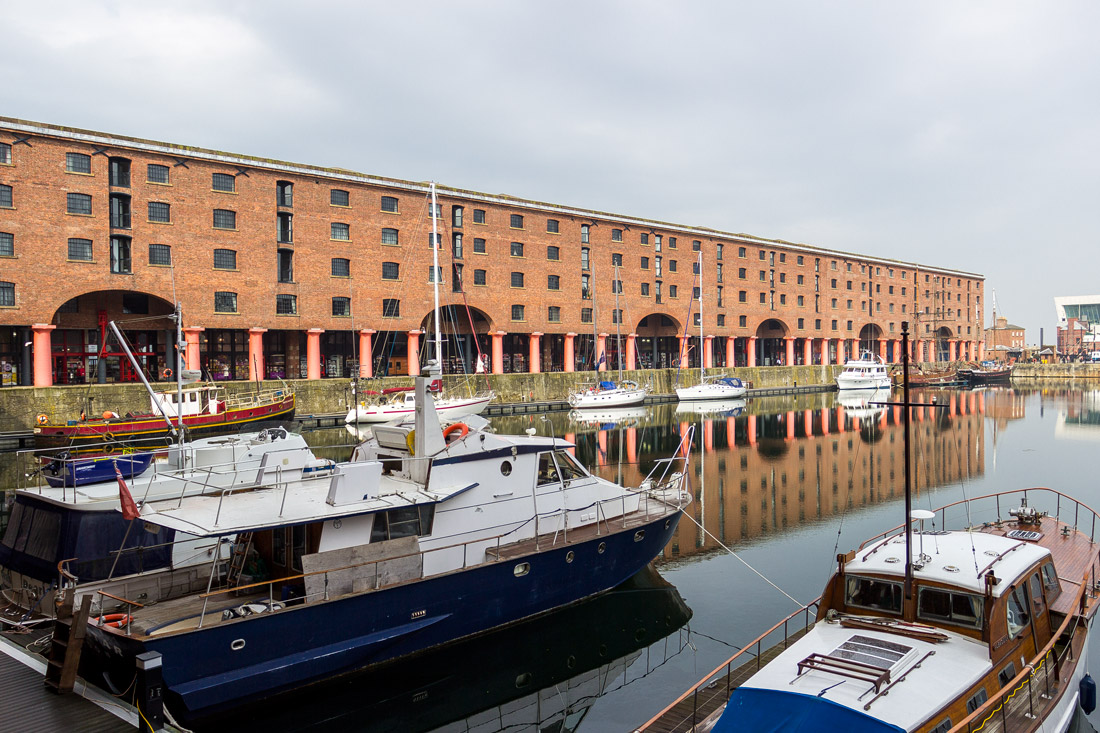
Albert Dock is home to all sorts of souvenir and designer shops, as well as The Beatles museum.

Inside, it’s boring. But in the store, they probably have T-shirts with all the album covers of the band.

Throughout Liverpool, you can come across quirky colorful sculptures. One of them is the Superlambanana, a hybrid of a banana and a lamb. It symbolizes the danger of genetic engineering. I’m not sure how to comment on it. You can listen to “I’m The Walrus” and look at these statues — there is something unique in Liverpool’s art, elusive craziness, yet quite captivating.
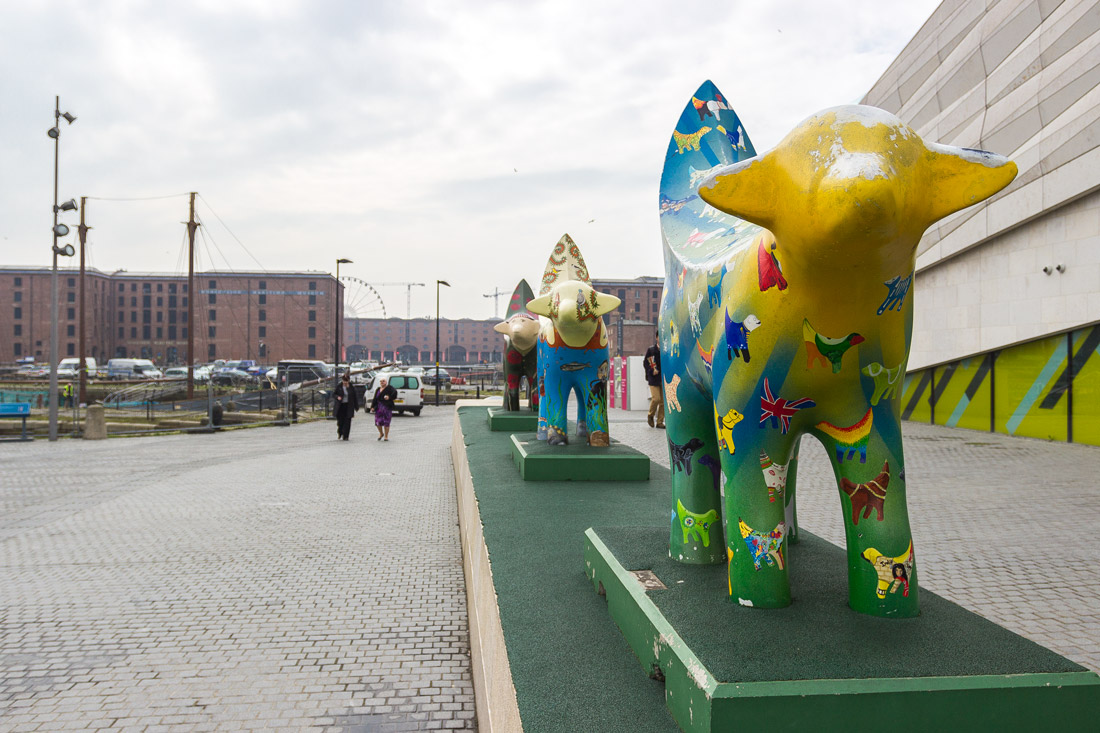
Let’s delve into the details. Street signs. Across the whole of Great Britain, in any remote corner, you will always find a neat sign with the name of the street. It may hang on a wall, stand embedded in the ground, or hang in the air, but it is always in its rightful place.
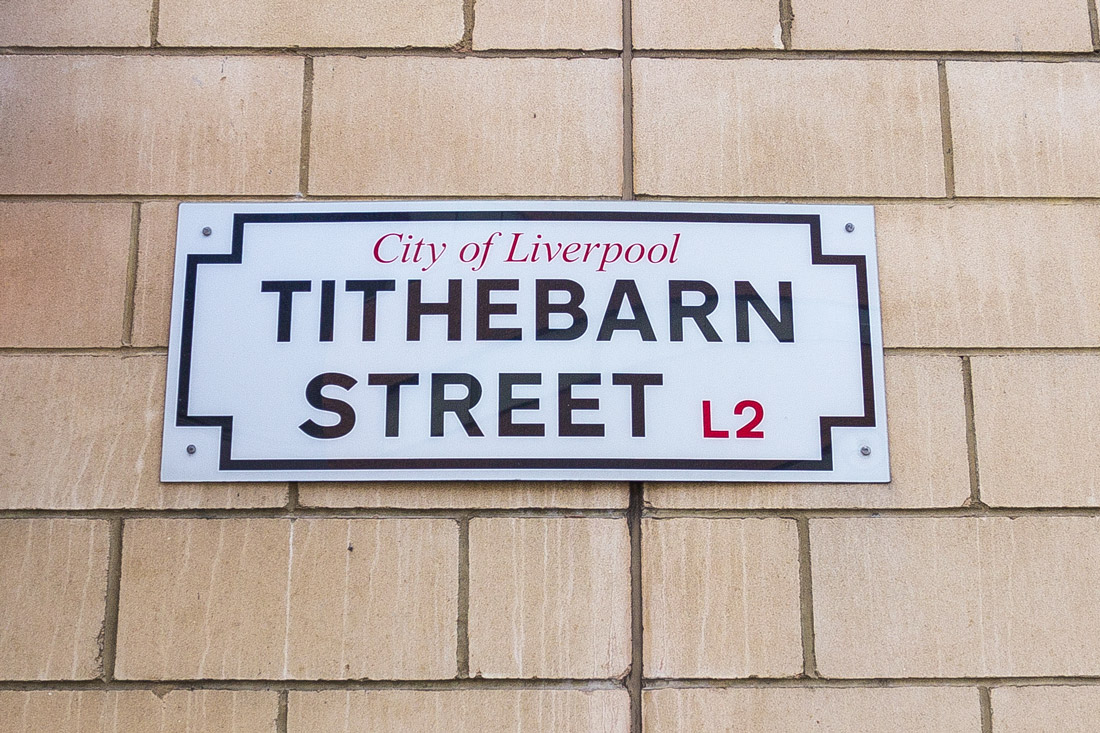



House number.

Street lamps.

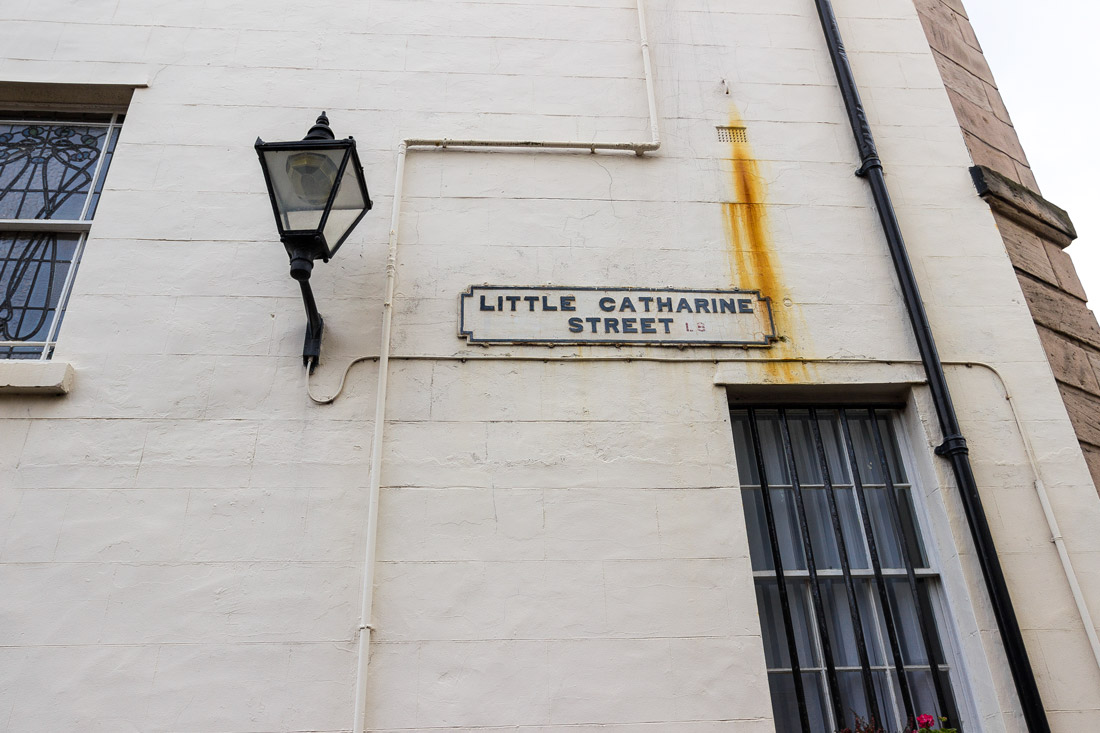
Decorative lanterns in one of the parks.
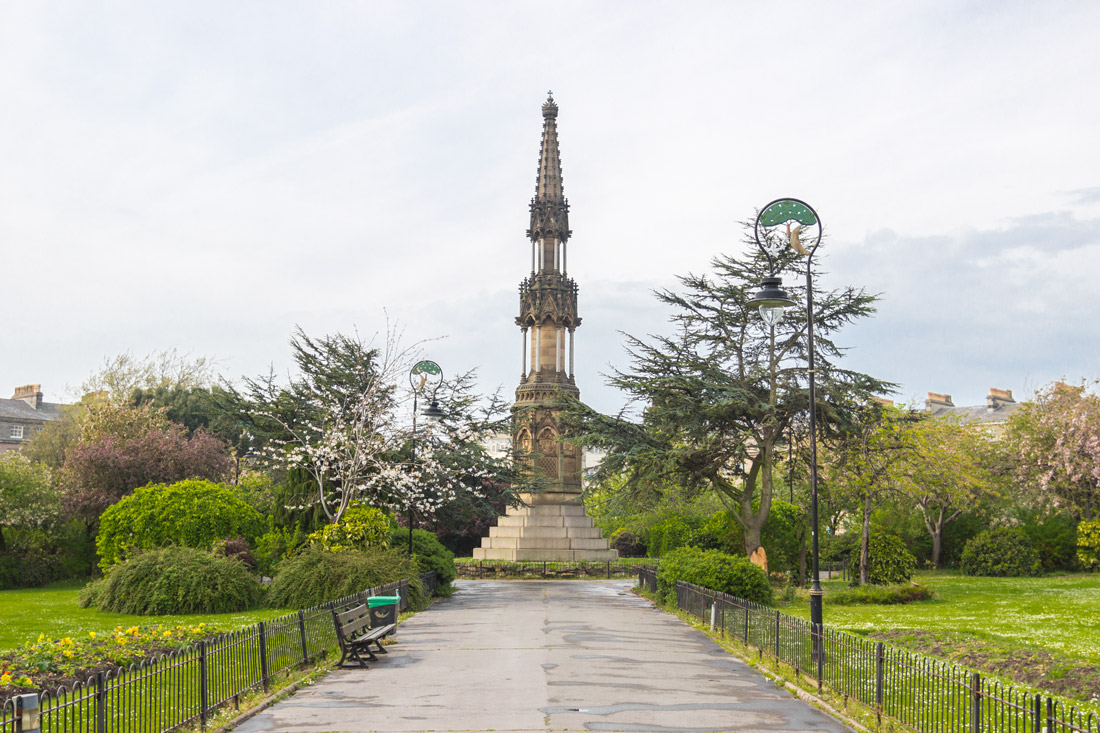
Telephone booth.
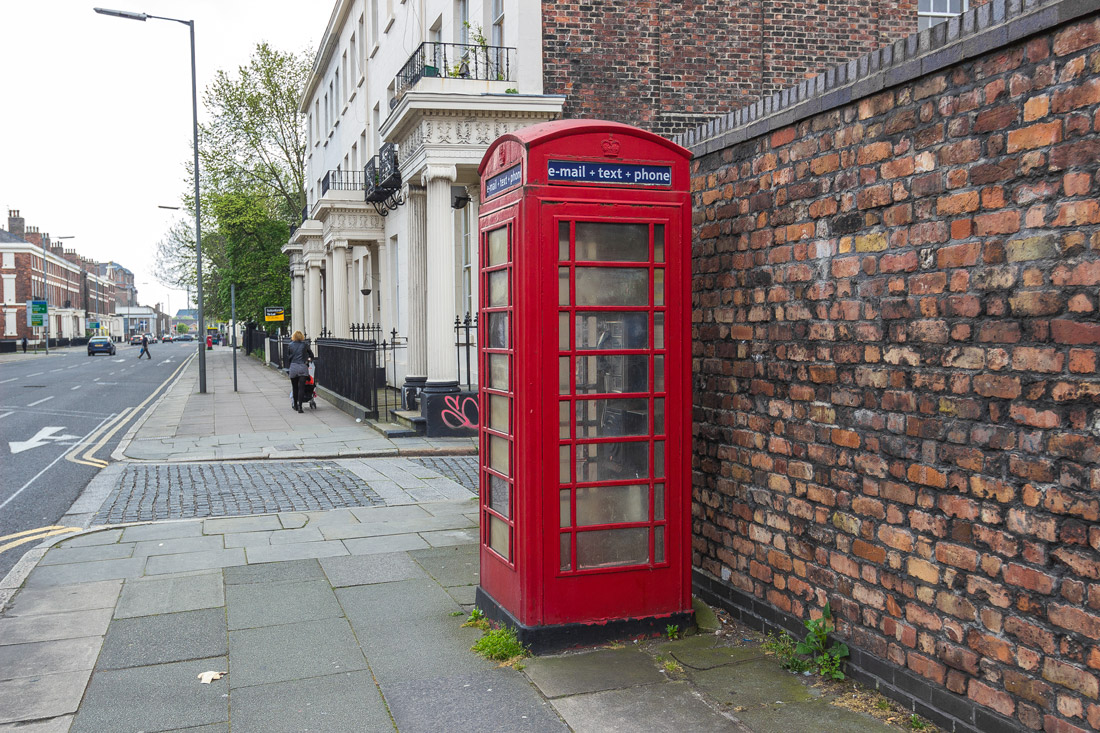
Parking meter.
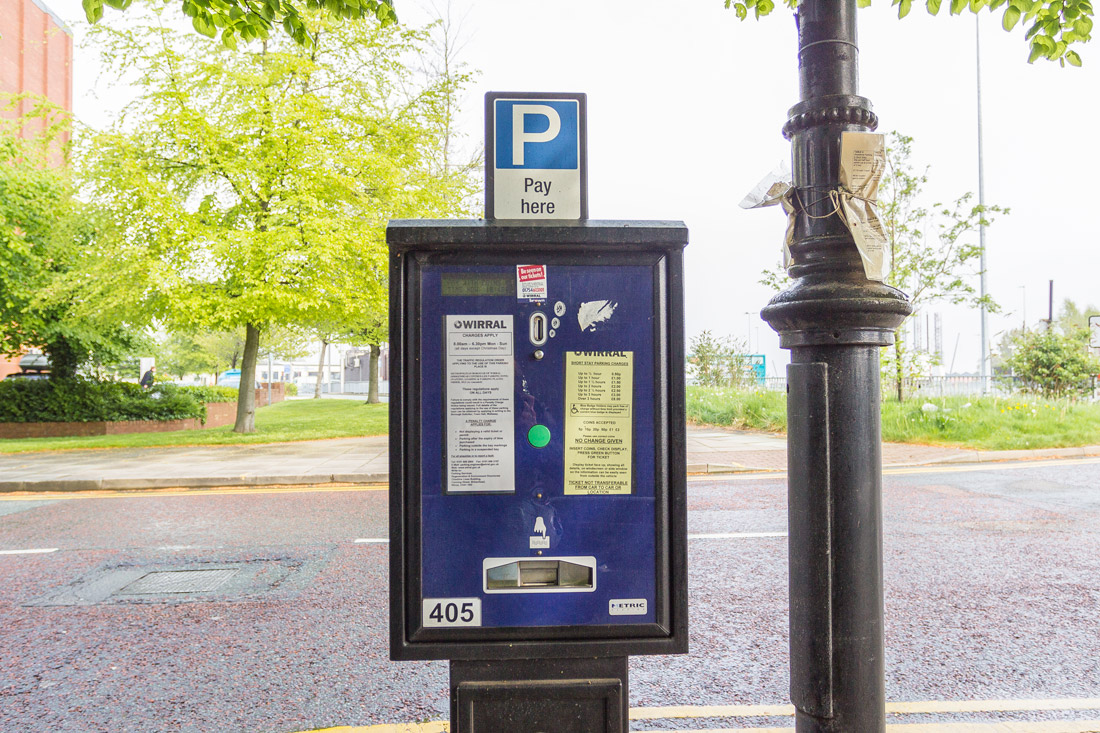
Number tags on old poles. Why number the poles? It’s very simple: it’s much easier to say “we need to replace the bulb on pole number 3999” than to explain how many steps you need to take azimuth-wise to reach the desired location.
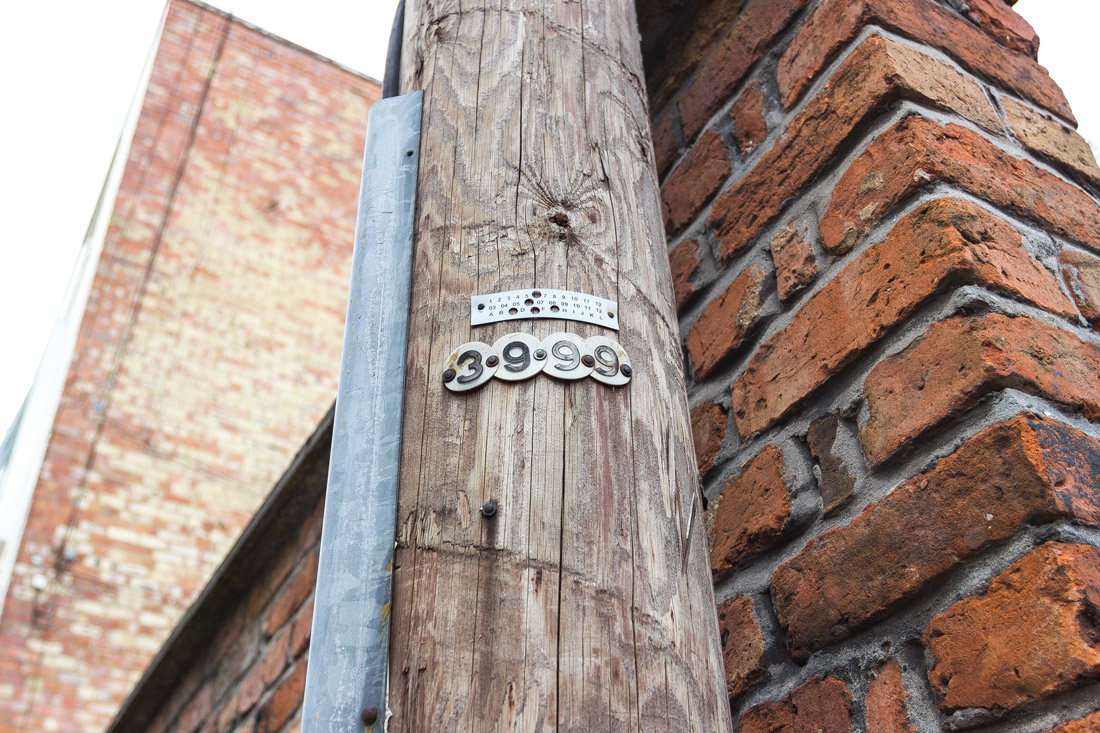
Pipe laying.
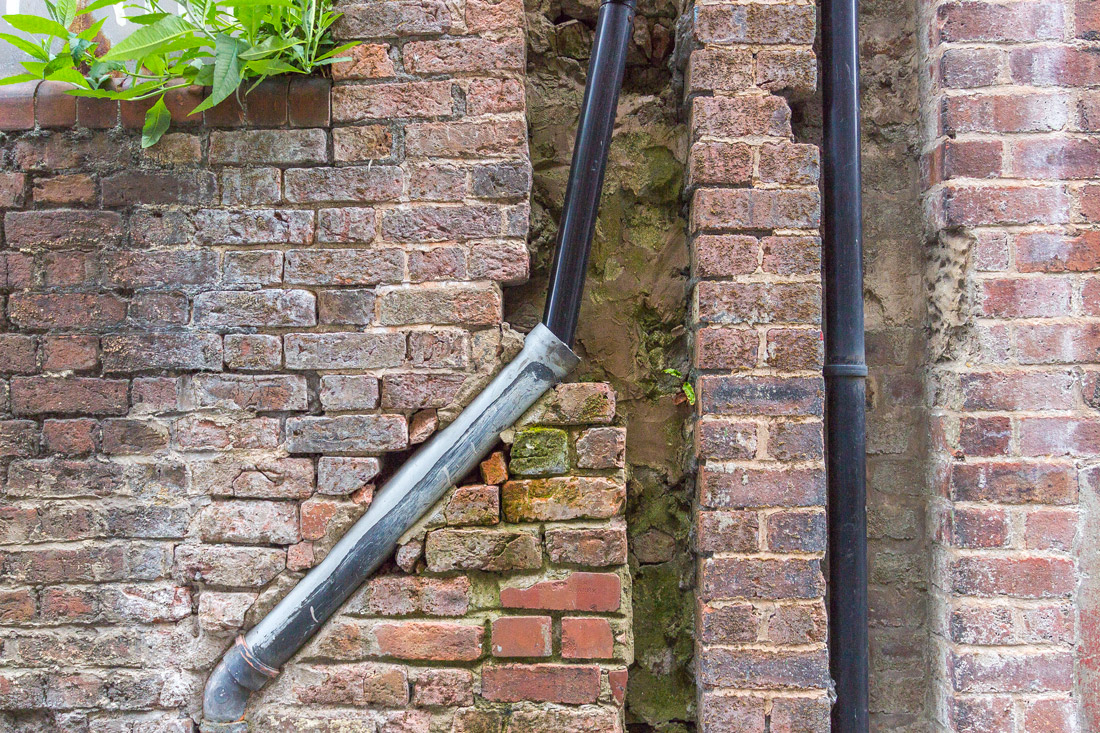
Home plaques.
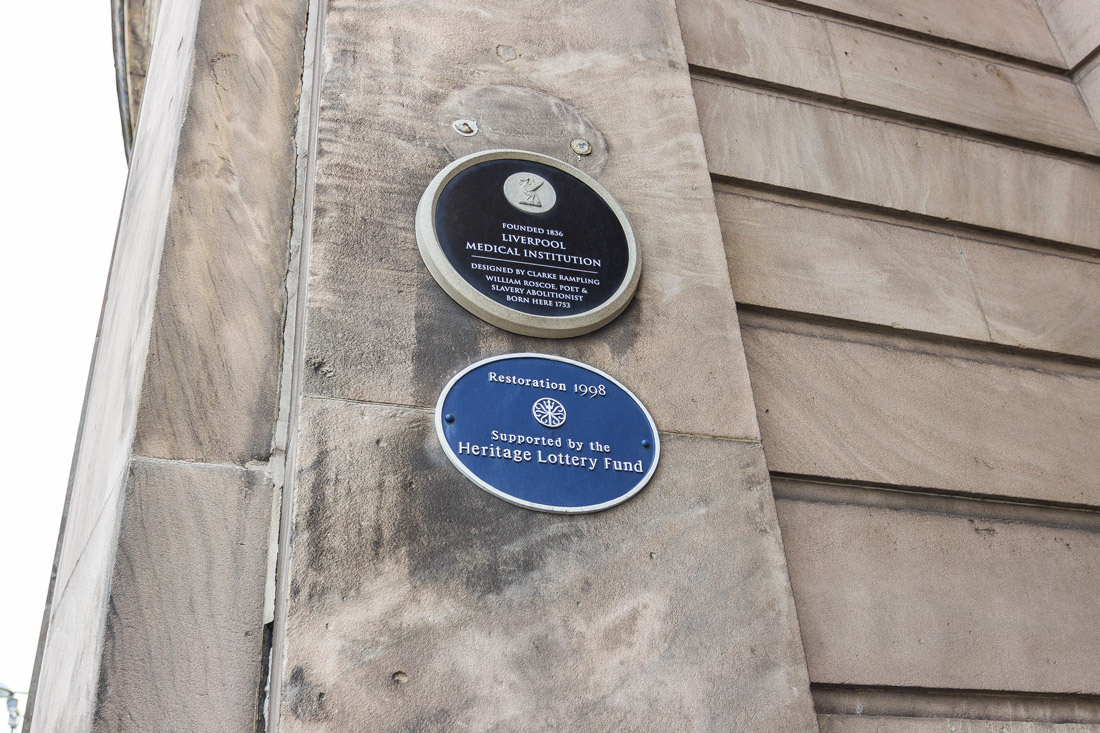
Traffic lights for pedestrians and cyclists.

The sidewalk is being repaired. The pedestrian area is neatly fenced off with a yellow barrier. Such a plastic fence looks much more presentable and safer than the iron reinforcements, which you constantly stumble upon. Sandbags are placed on the fence elements to prevent them from being knocked over by the wind.


Liverpool taxis are no different from London taxis. I still can’t decide if I like English cabs. They have a spacious interior with plenty of room. On the other hand, it’s inconvenient to climb into a humpbacked car and sit in an outdated interior with somewhat uncomfortable folding seats. Perhaps I would still prefer regular modern taxis.

Of course, Britain with its peculiarities. They drive in cabs, they have left-hand traffic. Another oddity is the absence of mixers in many cities. Instead of a single tap in the sink, there are two: one for hot water, the other for cold water. It is assumed that you need to plug the hole in the sink, mix the water to the desired temperature, and splash around in this puddle. The problem is that initially icy water comes out of the hot tap, which gradually turns into boiling water, and the plug is not always available. Washing hands in such a sink is a real torture. Nevertheless, they are still very common outside of London.
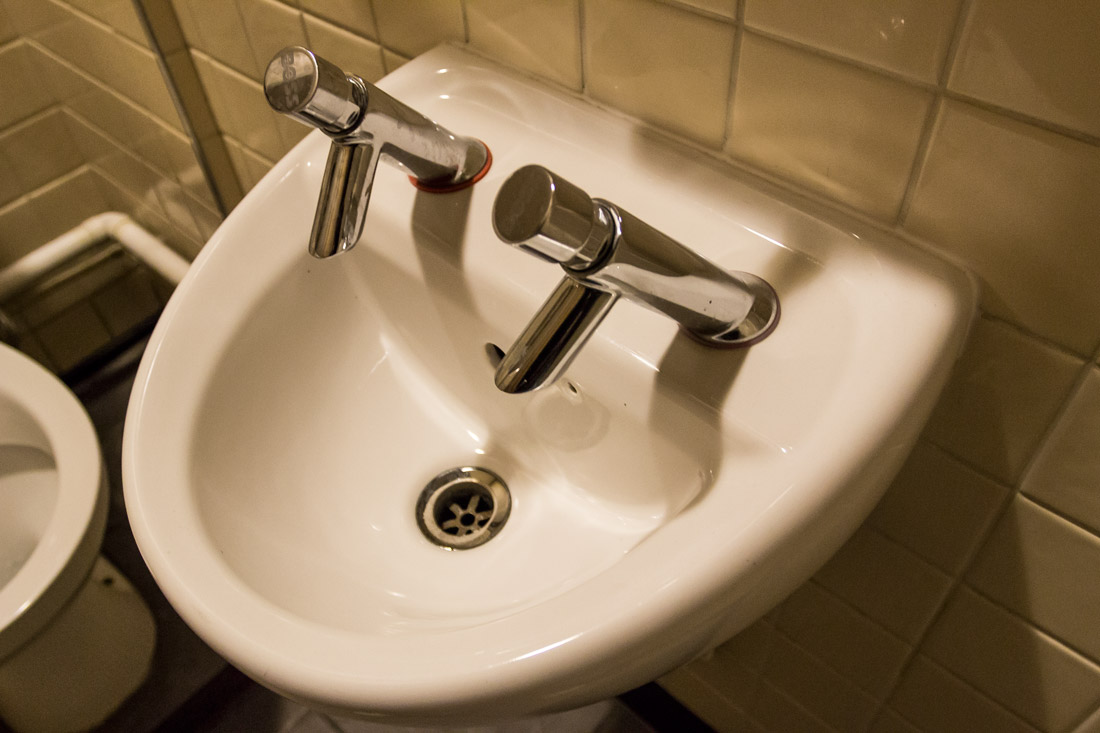
Bus stop. Like in London, the bus stop is located with its back facing the road to prevent dirt from flying.
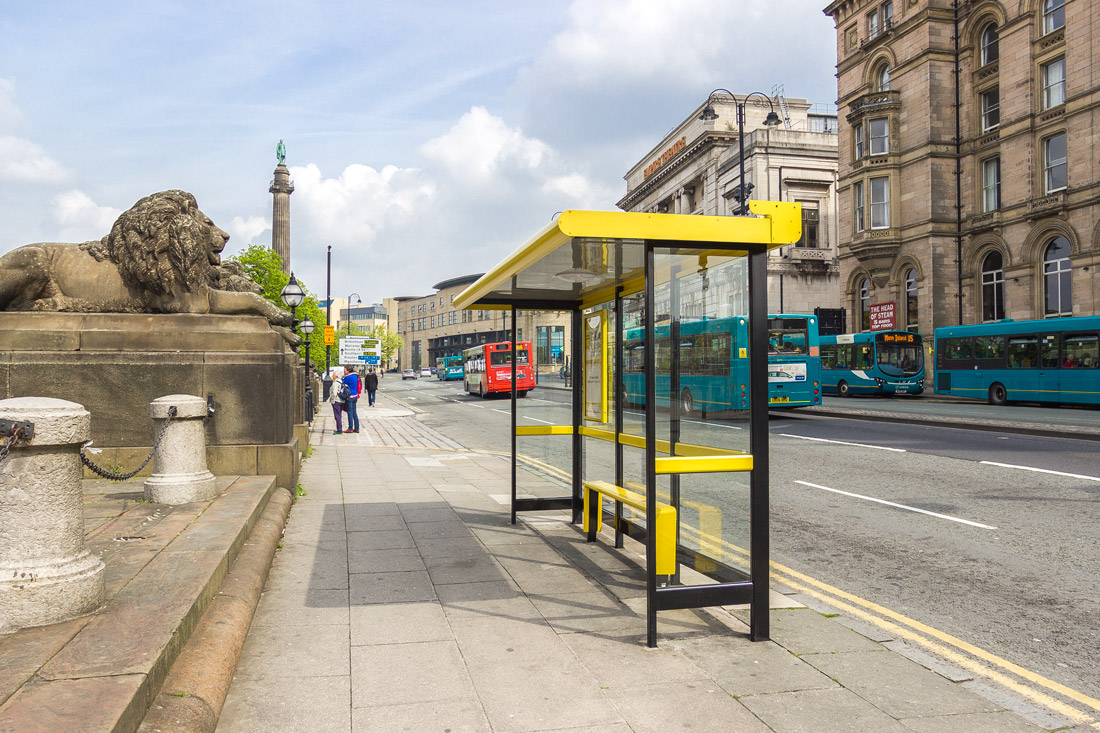
In Liverpool, they also write “Look Left” on the crosswalks, but only near the train station. As you move away from the city center, the signage becomes less frequent.
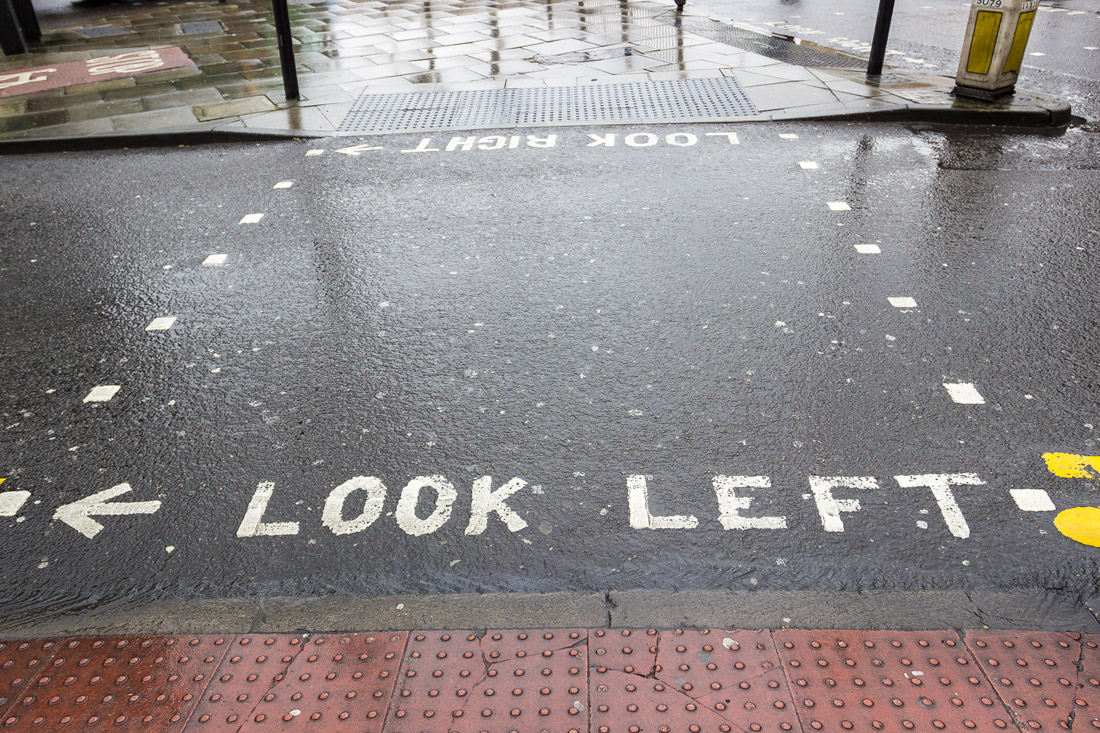
A small Chinatown. At the entrance stands a grand arch, making you feel like you’re about to enter a completely different city.
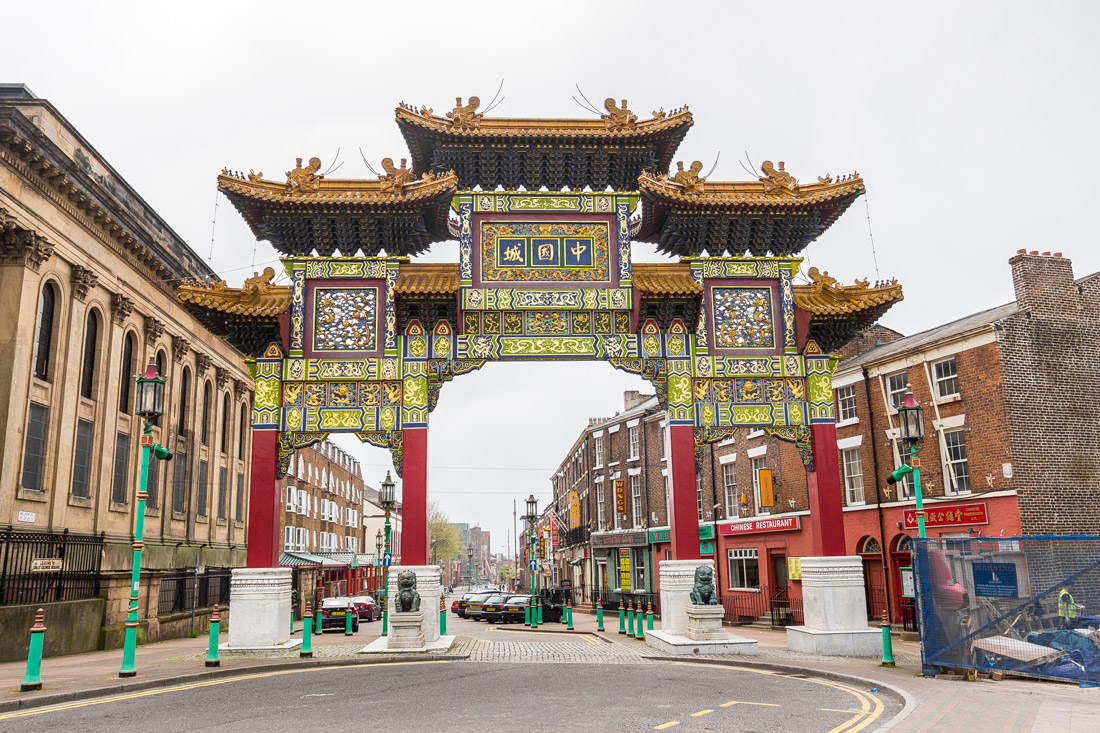
In reality, the Chinese influence essentially ends a couple of hundred meters away. However, there are dedicated trash bins, poles, and lanterns here.
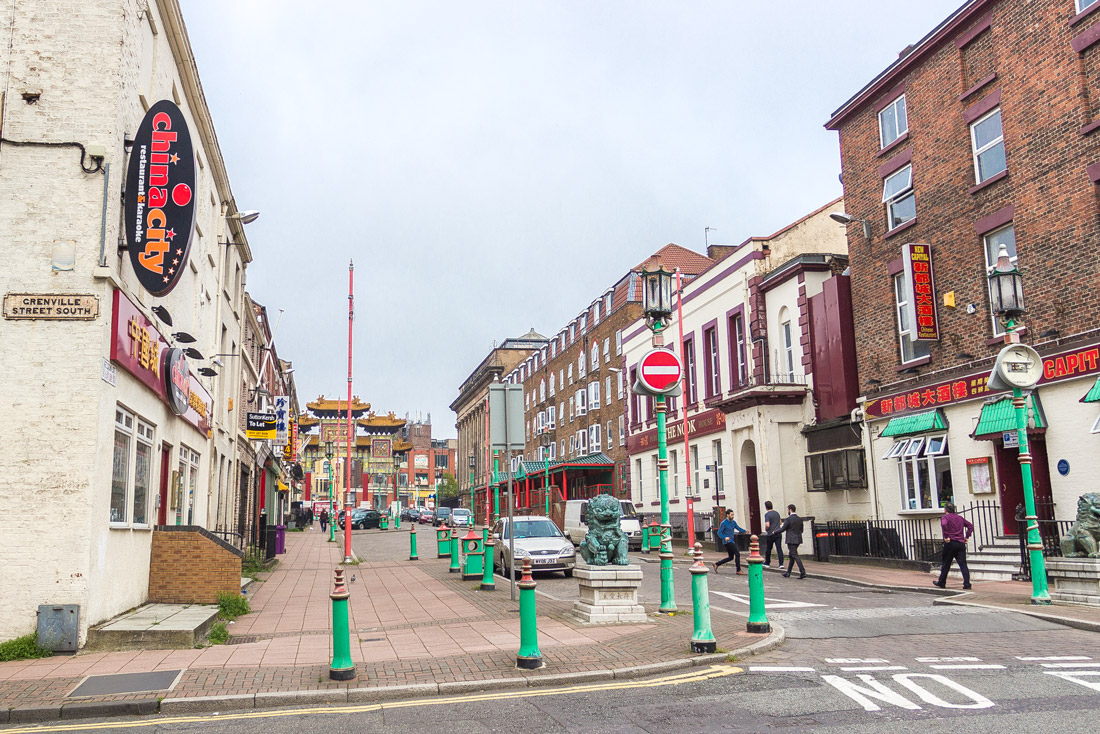
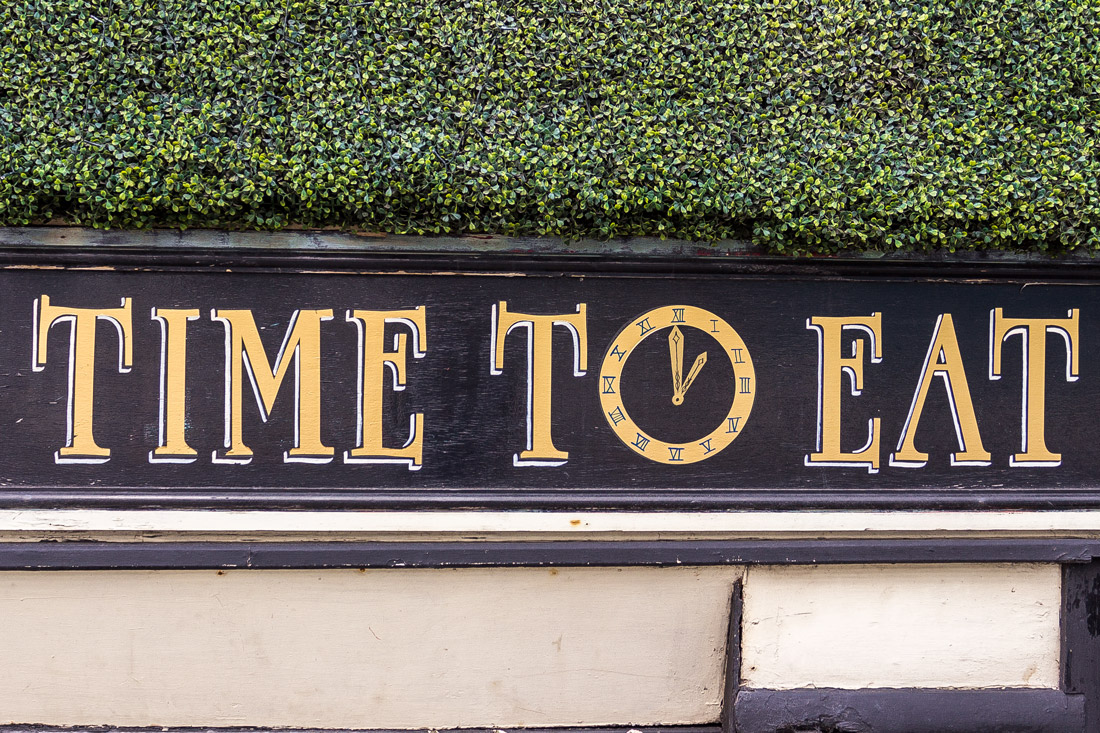
Alright, I’m hungry. I’ll go somewhere to eat. There’s a pub called “The Philharmonic.”
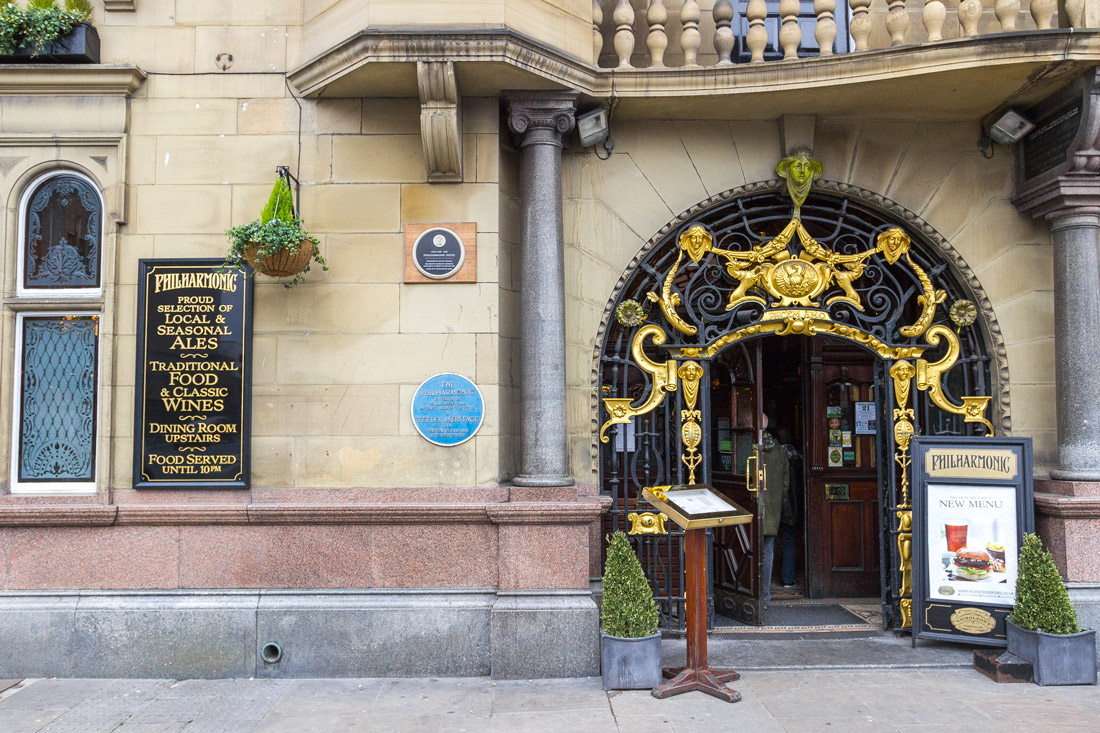
Inside is elegant. It’s not a luxurious restaurant at all, but rather an ordinary, relatively inexpensive pub. Such a style is loved not only in Russia, but in Liverpool, it doesn’t mean that prices will be exorbitant.
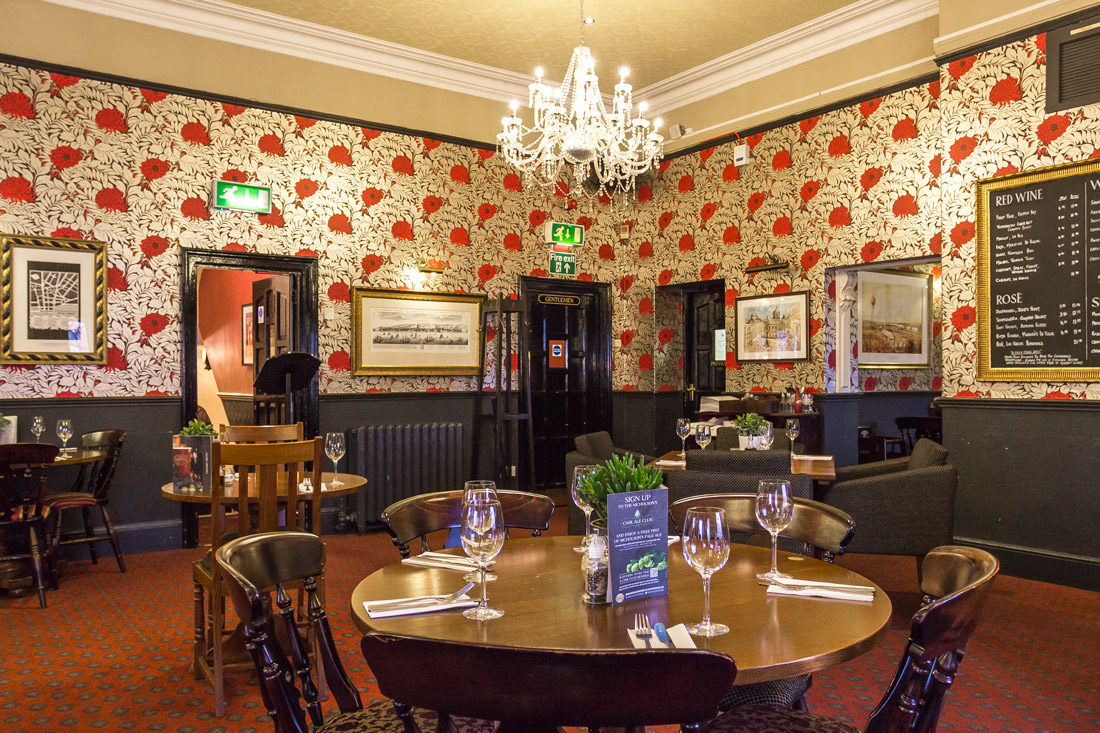
What do they eat in Liverpool pubs? For example, three pork sausages with mashed potatoes and onion rings. I’m not sure how English this meal is, but it’s enough for the day.
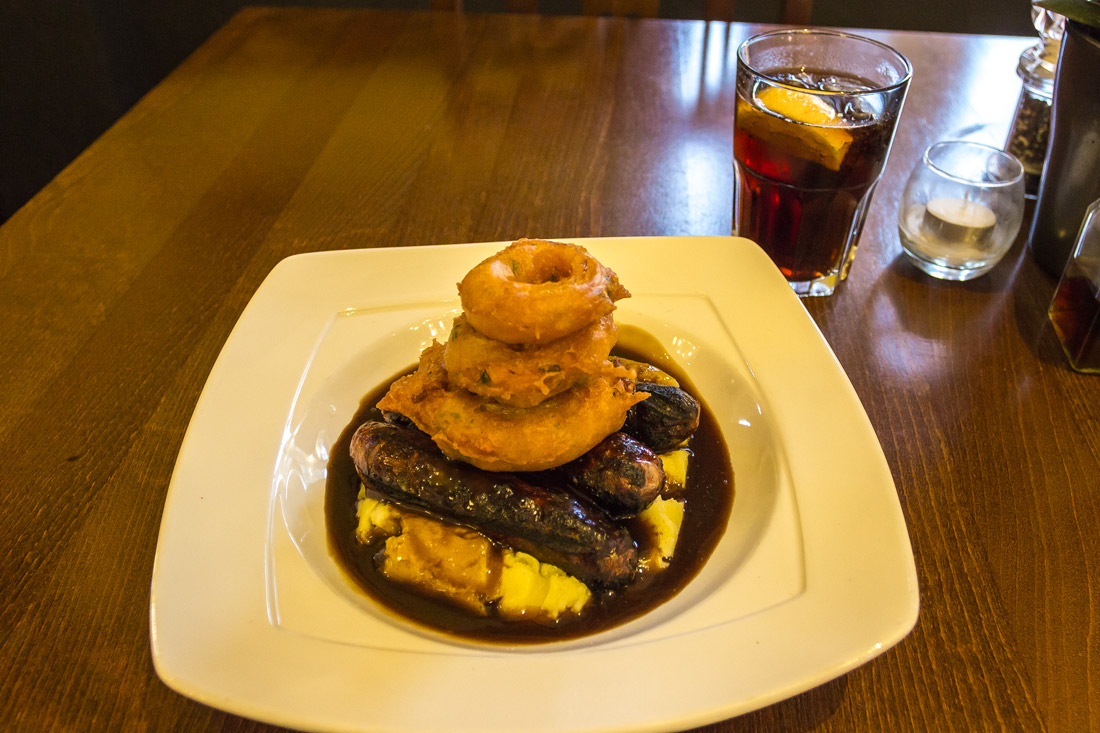
Alright, let’s continue.
A radio tower looms over the city. It can be seen from almost anywhere in Liverpool.

The tower itself is not particularly remarkable; it broadcasts only one radio station. Previously, there was a revolving restaurant at the top, but now it houses an observation deck and recording studios.

A view through the glass of the business center of Liverpool and the port.
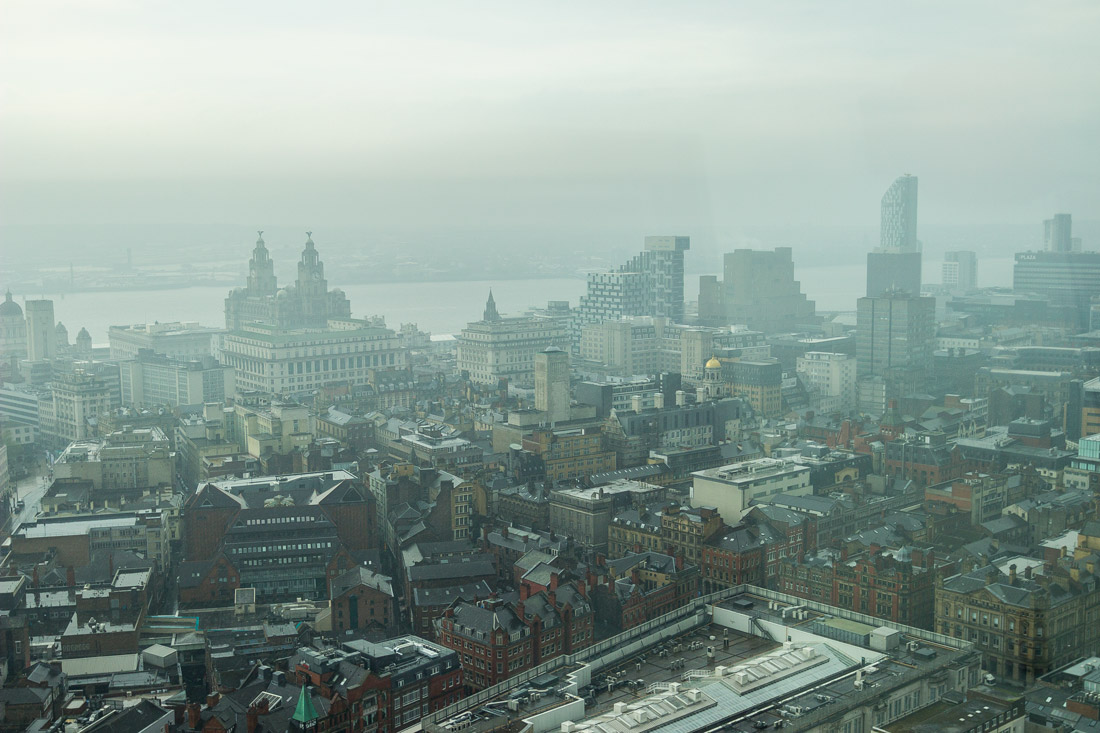
On the opposite side, there rises some massive structure shrouded in fog.
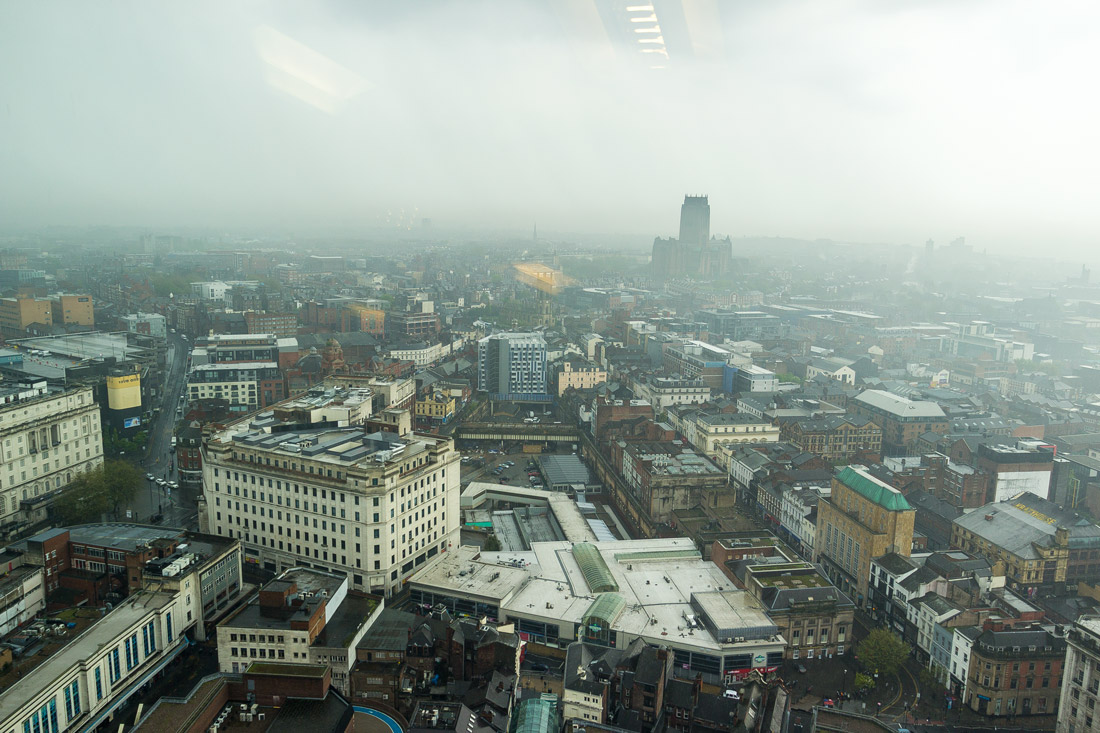
That is Liverpool Cathedral. It was a long-term construction project that started in the early 20th century and was completed only in the late 1970s.
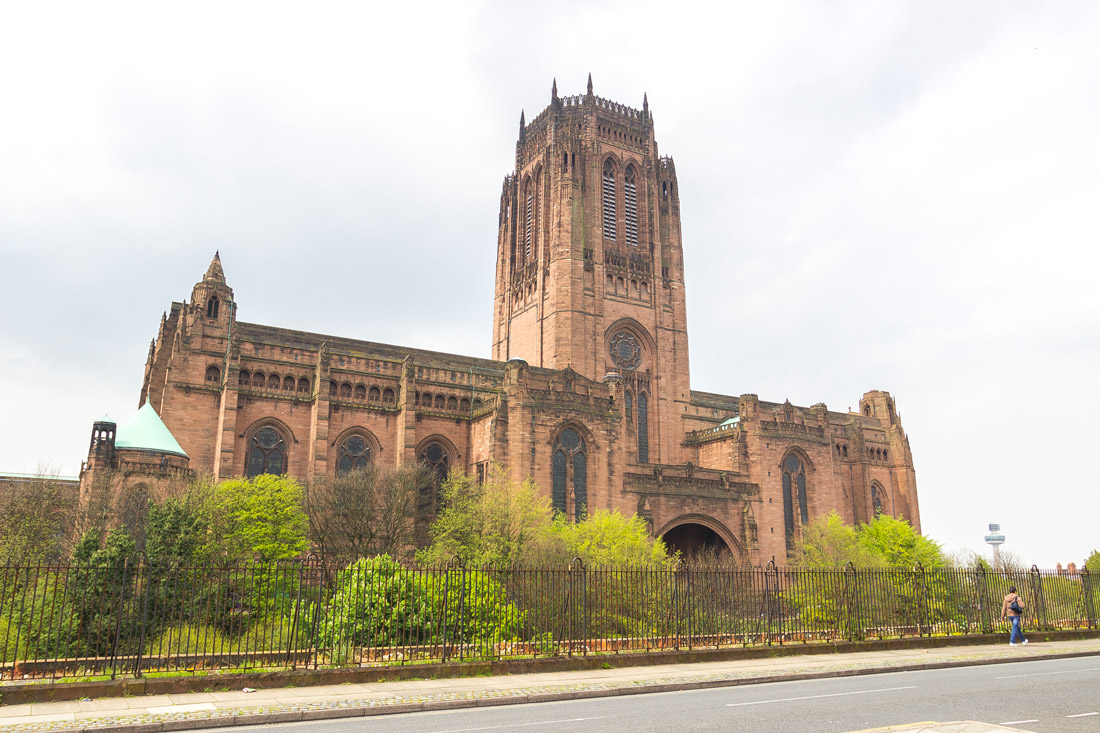
You can climb up to the observation deck of the cathedral. From there, you can see the whole of Liverpool.

Inside.

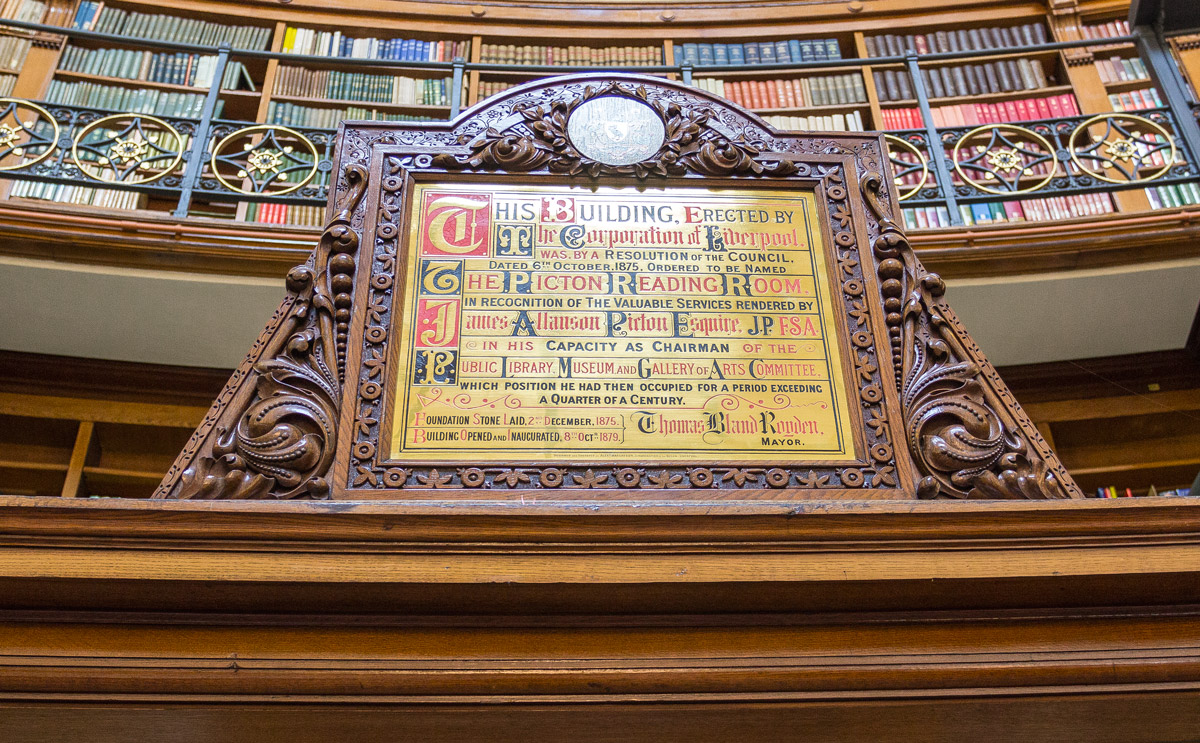
There is a large library in Liverpool.

At the entrance, there is a cloud of literary work titles, with a team of cleaners meticulously tidying up each letter.
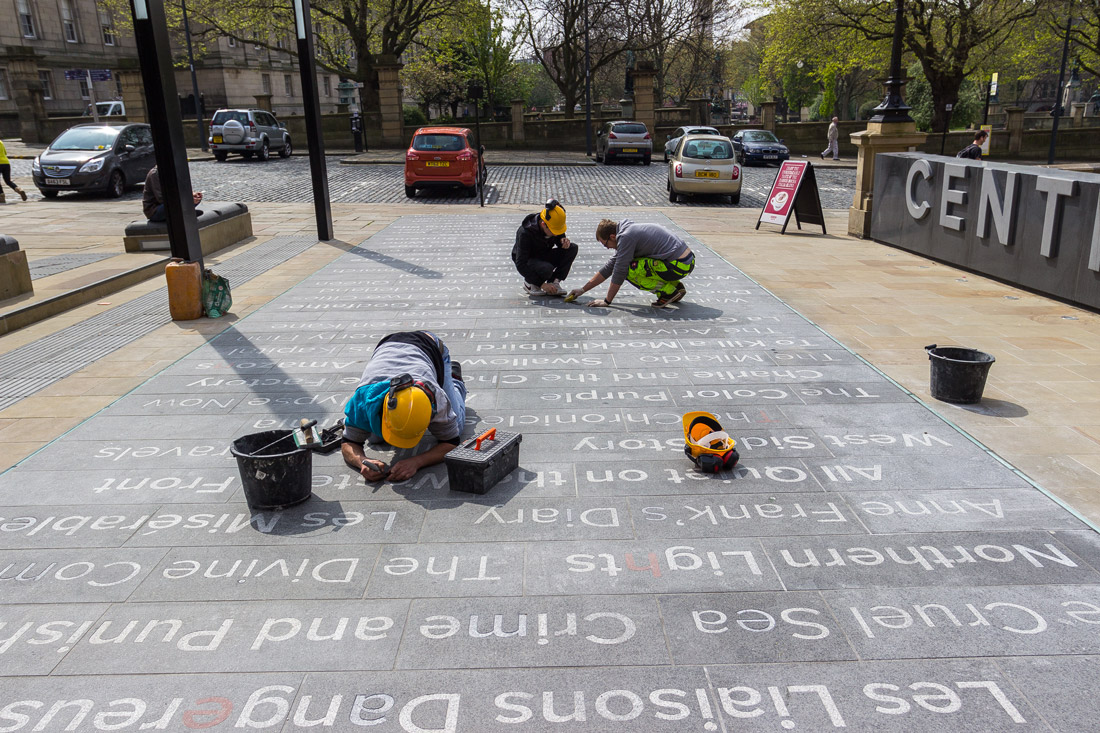
Inside the old building, it is very modern.
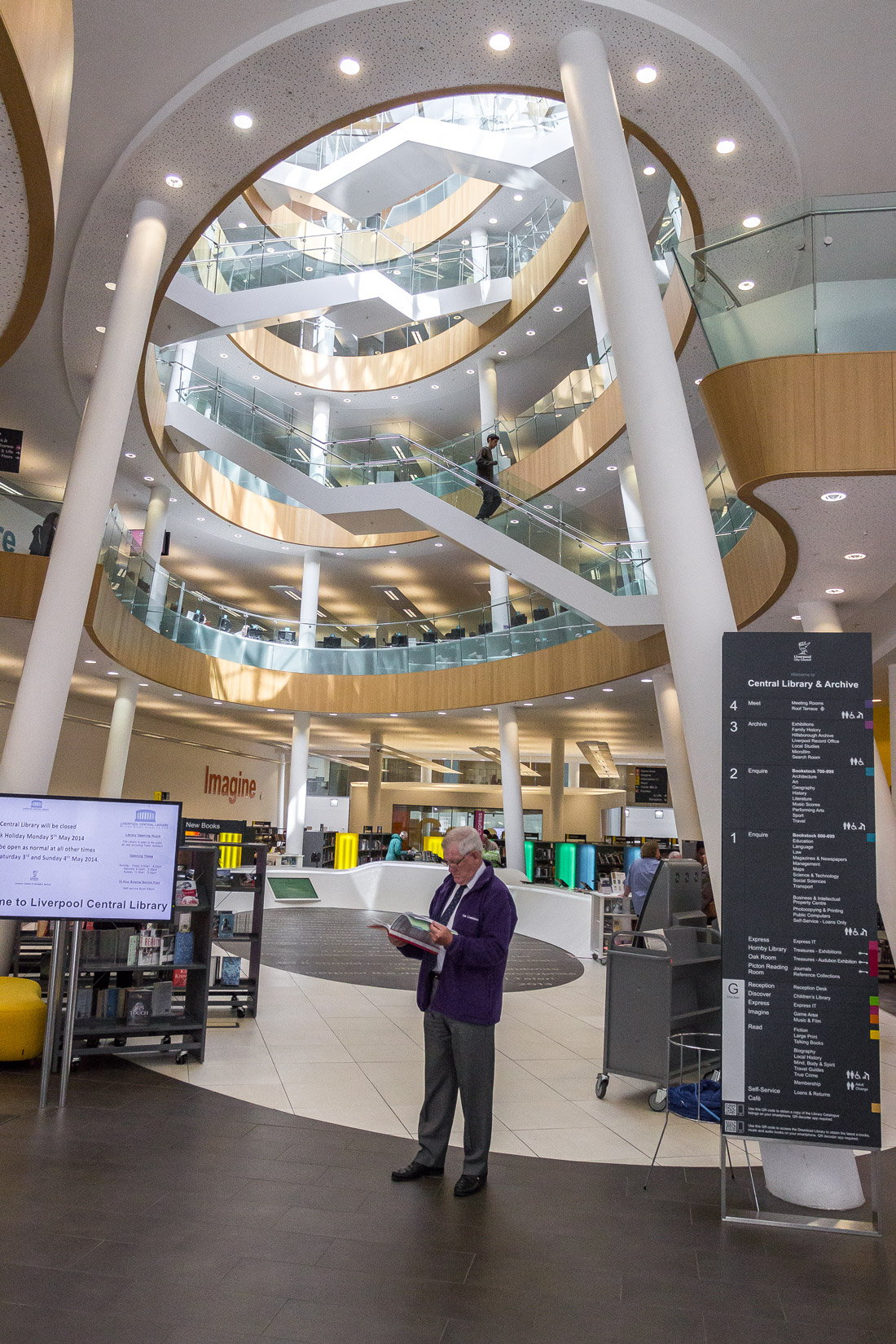
Liverpool Library has absolutely everything. You could live here, needing nothing else: no home, no streets. The library has a café, a gaming room with Xbox consoles, 150 computers and iPads for internet access and book searches, free Wi-Fi, and a children’s area.

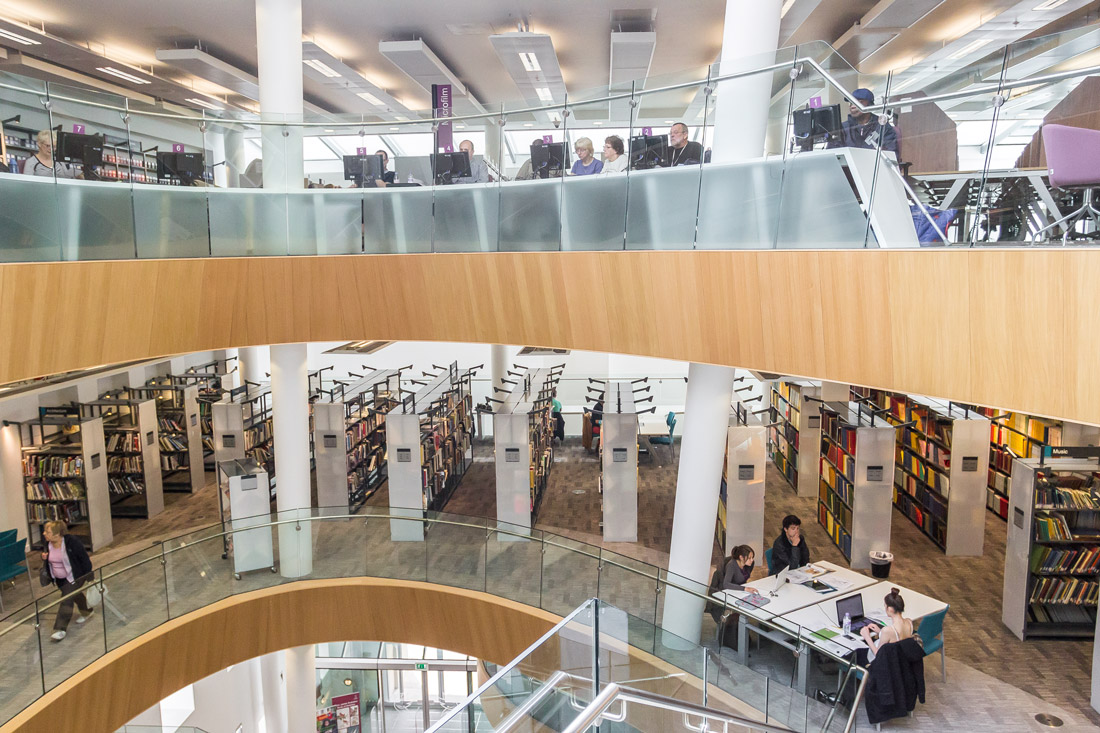
You can freely go up to the roof of the library and dive into reading, occasionally taking breaks to look at the city.
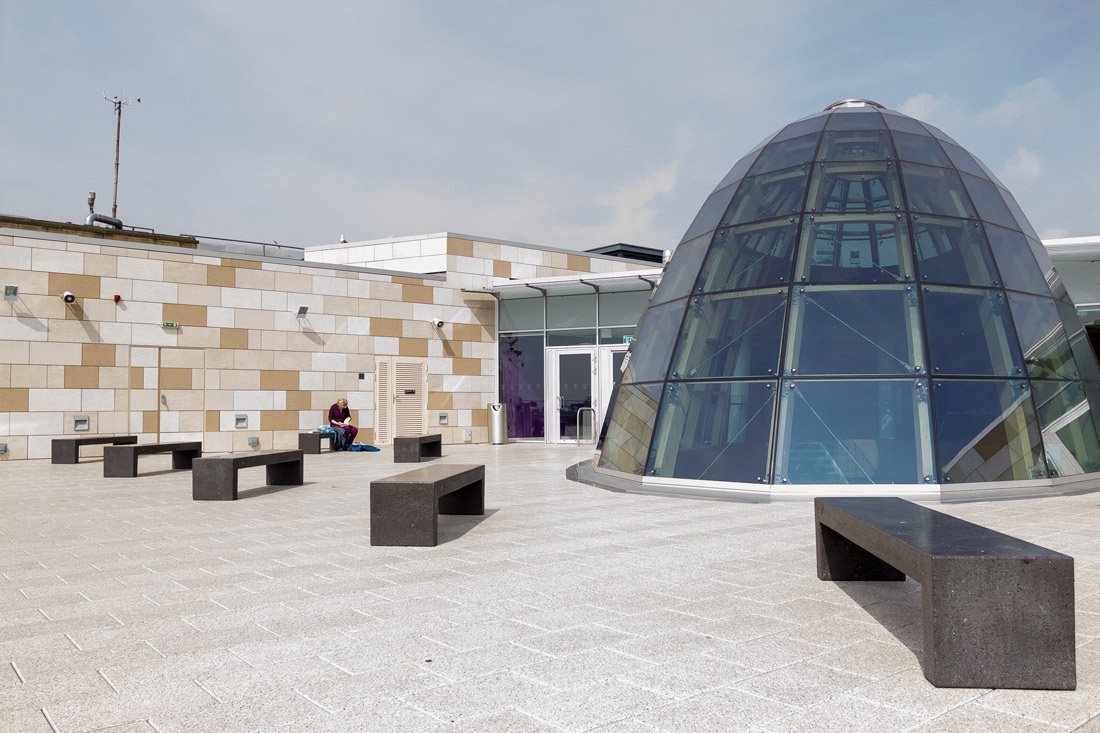
In the Liverpool library, the old harmonizes with the modern. In the circular reading room of the library rotunda, there is a deathly silence. It’s even scary to walk — every step can be heard. The sound of the latch echoes.

Archive books are placed on the shelves. Summaries of laws and periodicals from all years. Huge volumes. You can take books and read them in the hall without restrictions, both relatively new and antique ones. Among the books, there must be genealogies or archives of registrations for every Liverpool family.

A spiral staircase, antique clocks. Sunlight penetrates through the round window in the dome.

However, there are relatively few people on the streets of Liverpool.
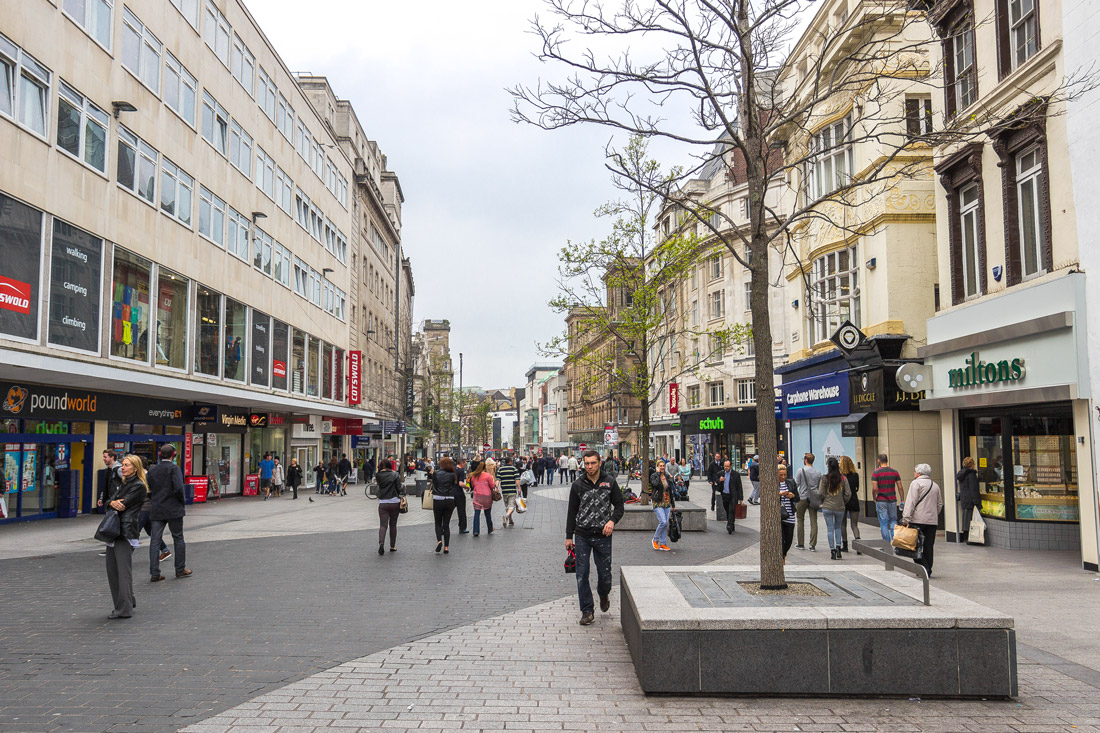
At night, the city practically comes to a halt.

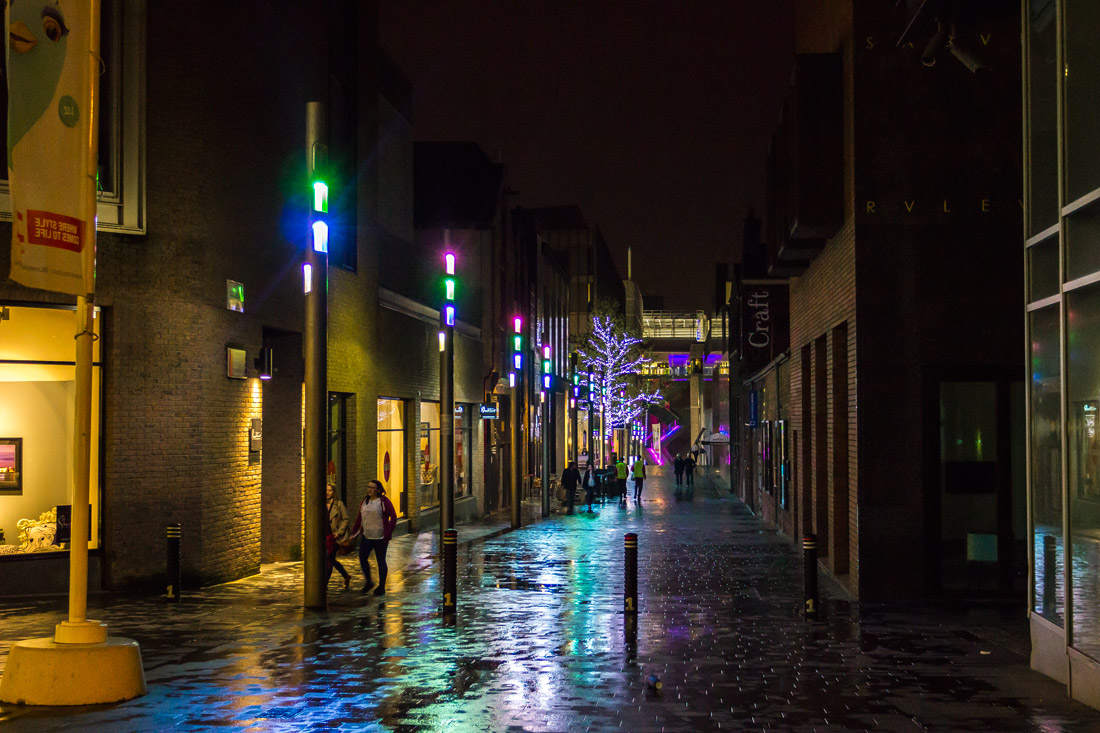
Where are all the people? They are not far away, in Manchester.


